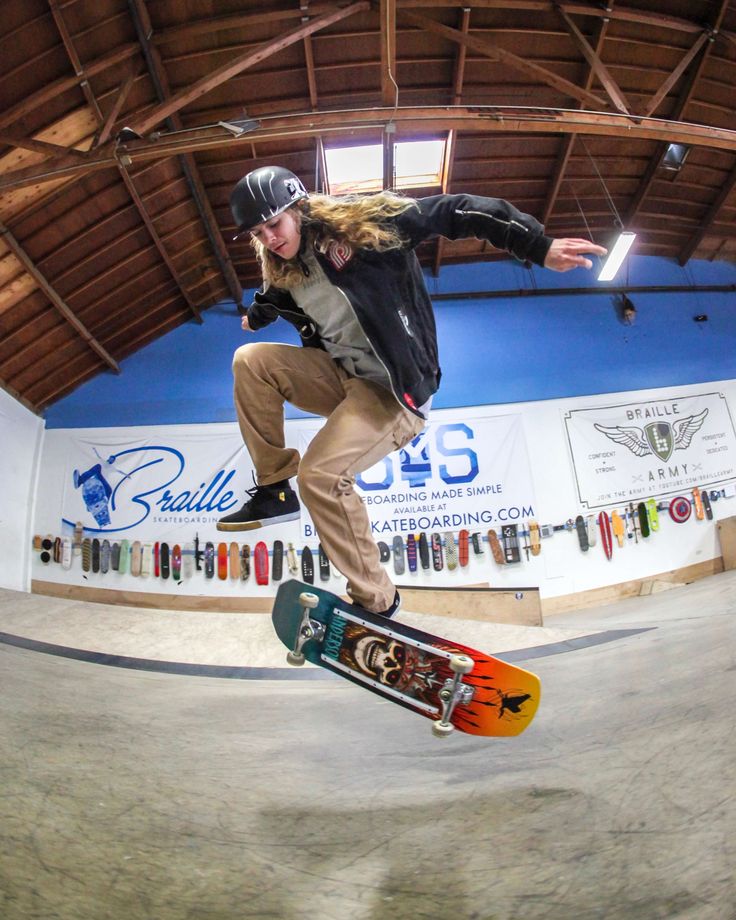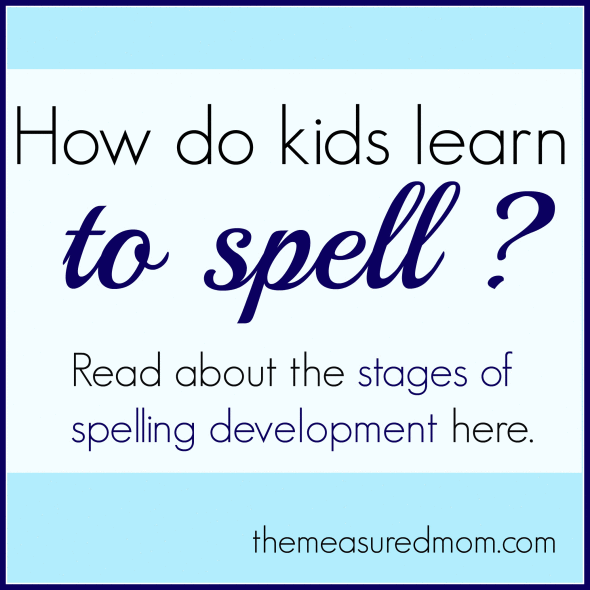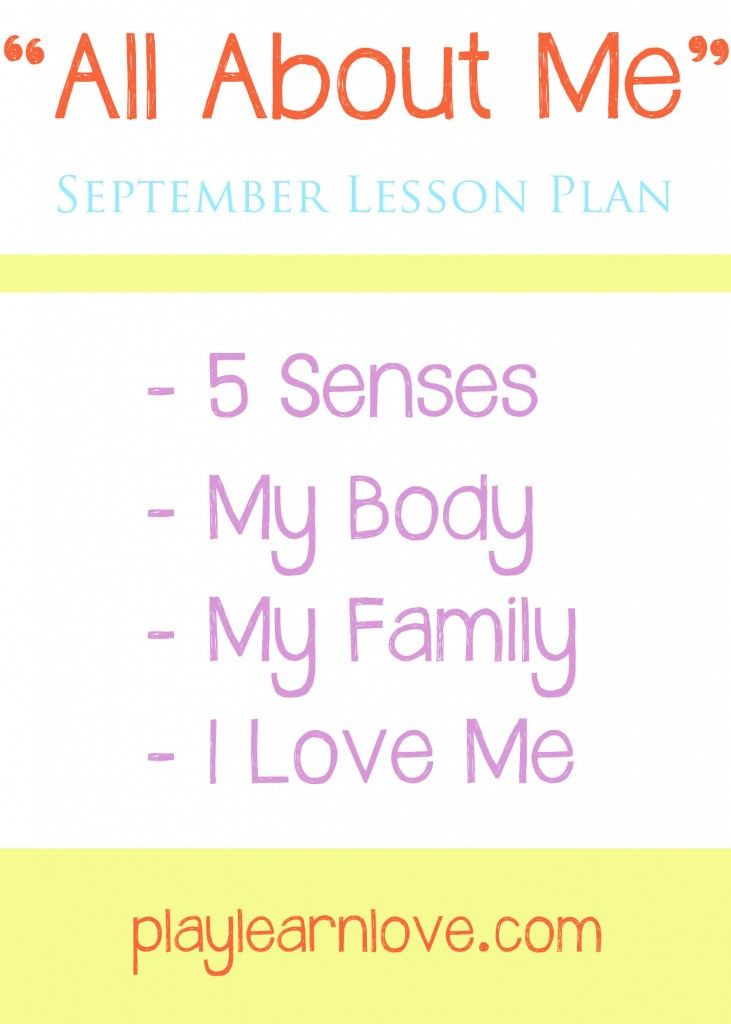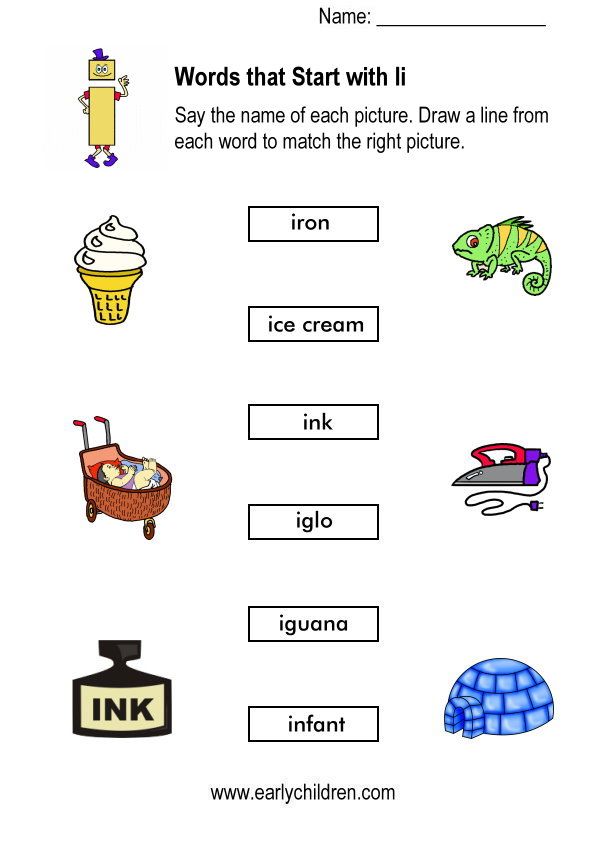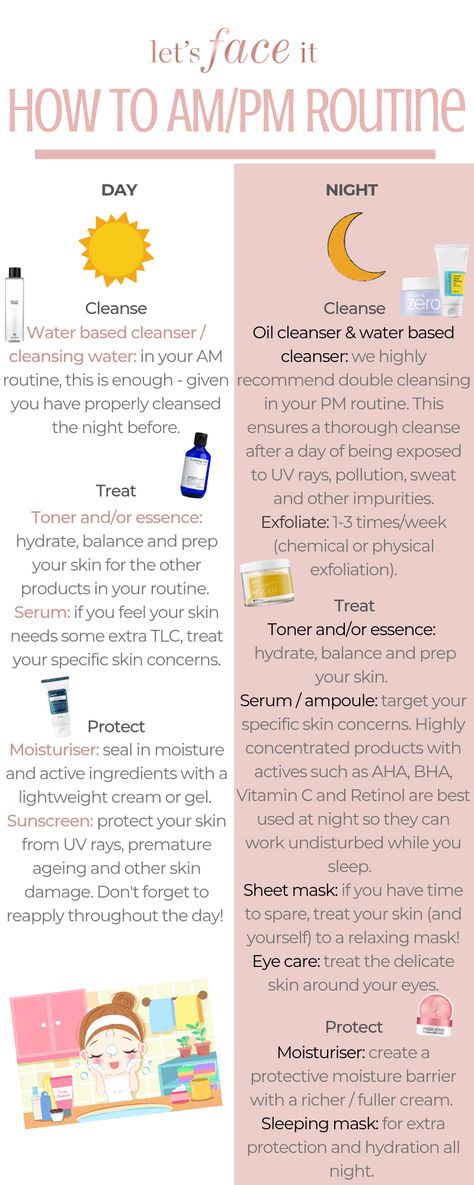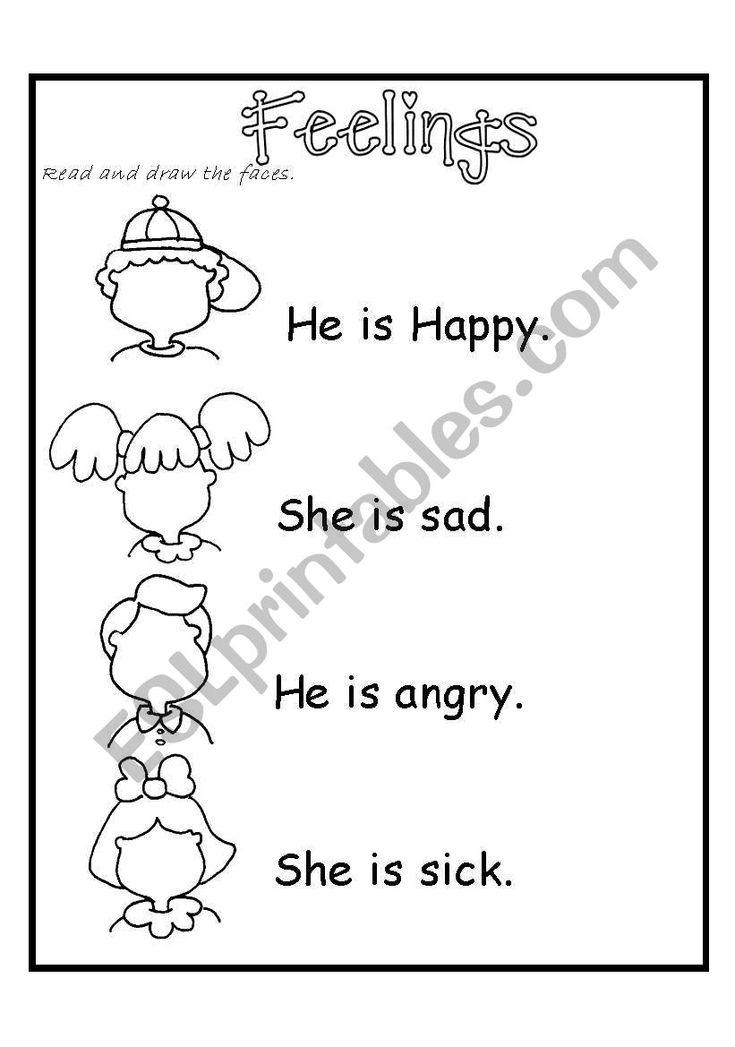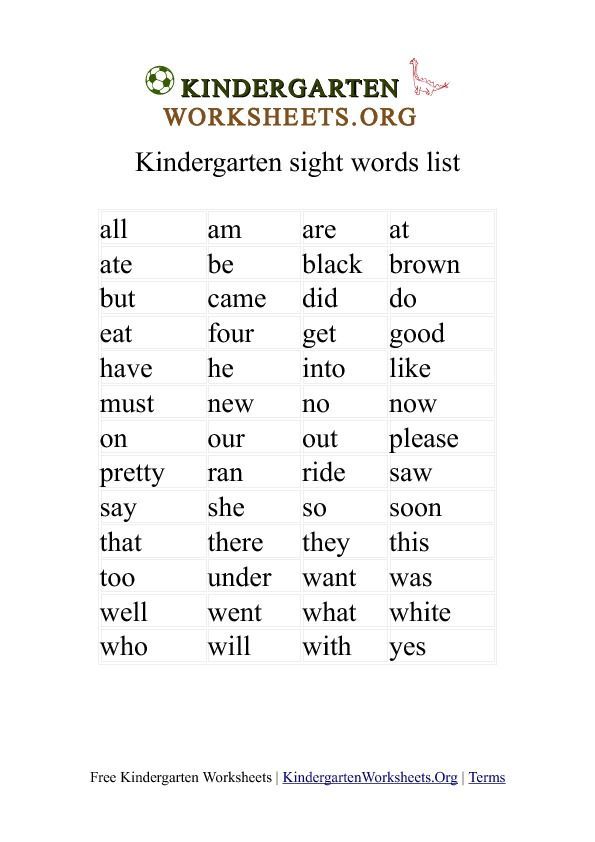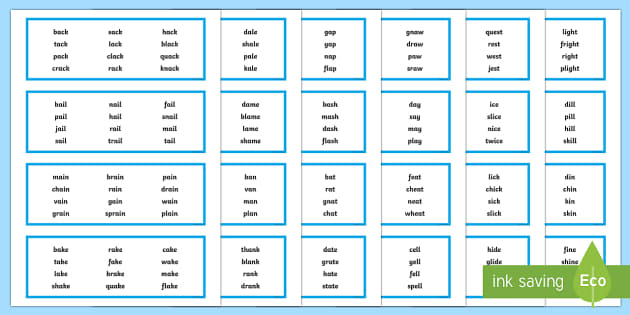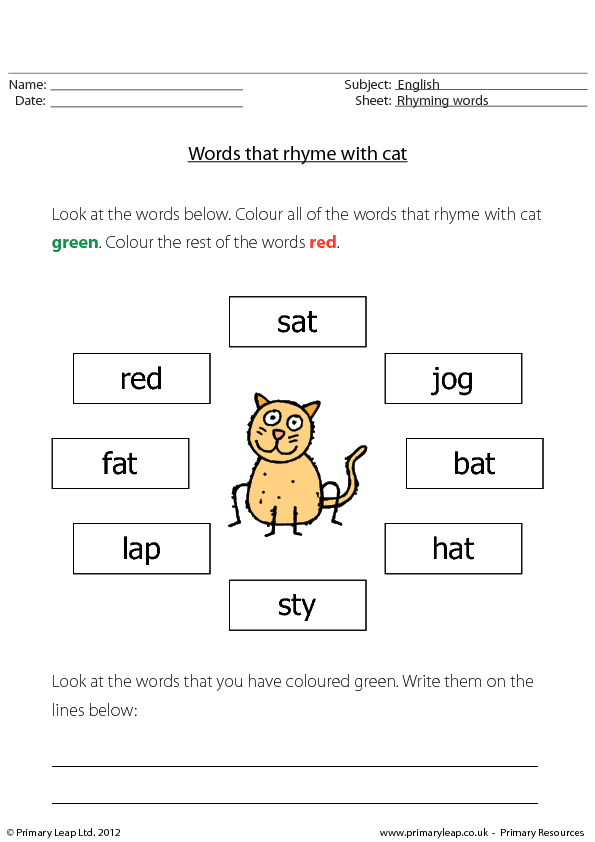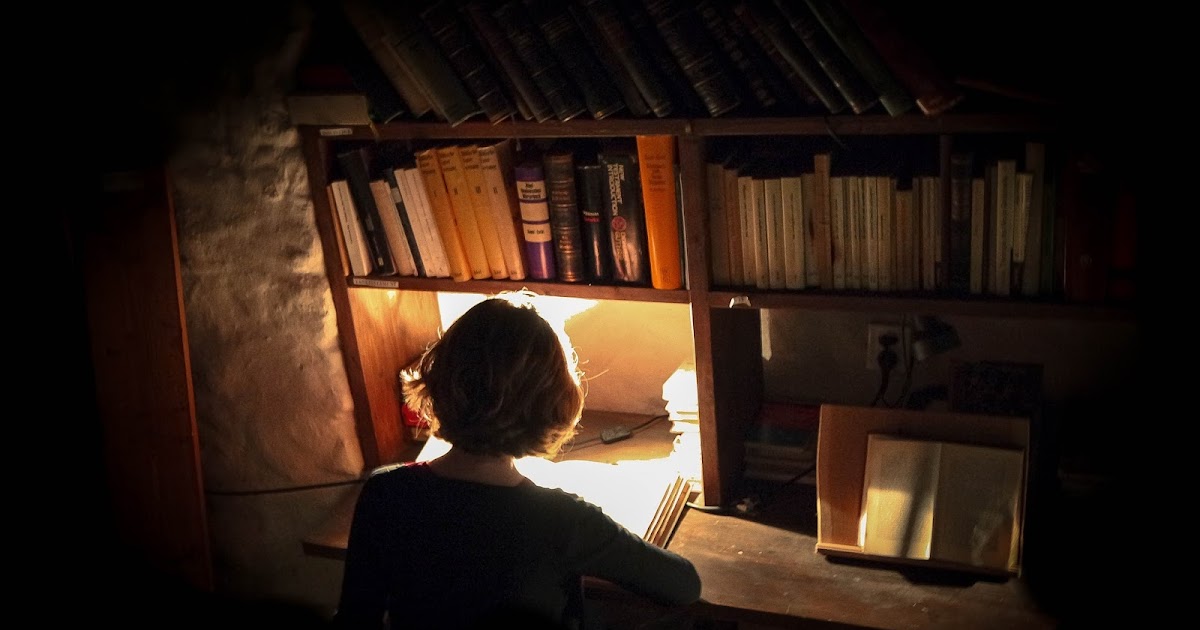Teaching 3 year olds
31 Things That You Can Teach Your 3 Year Old
3919 shares
- Share
- Tweet
Whether your 3 year old is in full or part-time preschool, home schooled, or simply hanging out at home with grandma, there are so many learning opportunities at this age. Three year olds are like little sponges, picking up every bit of information about the world around them.
They love learning all the ways that their mind and body can do new things and jump at every opportunity to try something new.
Three Year Olds Can Still Learn Through Play
Although your child is transitioning from toddler to preschooler, they can still develop and practice new skills from structured and unstructured play. A lot of what they learn, you won’t even realize that you’re teaching them!
However, once your child is 3 years old, they can begin to learn from more structured activities based on appropriate concepts that are able to be learned and mastered at this age.
Does My 3 Year Old Need Preschool?
I found preschool to be so beneficial for my daughter at this age. The socialization is one of the biggest benefits of a preschool program.
They’ll be exposed to so many new opportunities that may not be available at home like different toys and learning materials, daily structure and routines, learning to respect their teachers, various educational activities, much more.
I don’t believe that preschool at 3 years old is absolutely necessary and your child will be fine without it. However, I would enroll a 4 year old in some sort of program to get them prepared for Kindergarten.
Some schools or daycares offer full day or half day preschool and you can choose whether your child goes every day or a few times a week.
Get A Year of Activities for Your Child FREE!
Sign up here to get an email every month with new and exciting crafts, activities, and printables for your children.
What You Can Teach Your Three Year Old
If you’re not in the education field, you may be unsure of simple ways to teach your three year old or ways to incorporate new learning into everyday activities.
Below are a bunch of things that you can help your 3-year-old learn and understand. Practice and exposure is the best way to develop new skills with your child so try and make every opportunity a learning opportunity you can.
This list is for children in the 3 year old range up to 4. Not exclusively once they turn three.
Also, always remember that every child develops at their own pace so don’t worry too much if your child doesn’t have all of these skills yet. This isn’t a list of what they should know at this point, but rather a guide to help you understand what they are capable of learning at this age.
1. New Vocabulary
Your 3-year-old will probably be speaking in full sentences or at least long 4-5 word phrases by now. Three year olds should have at least 250-500 words in their vocabulary as well.
Although there are way too many words to give you a full list, here are some of the common words, phrases, and concepts that your three year old should be able to say and understand:
- Body parts, Animal sounds and names, Friends/Family Names (and their own first, middle, last), Vehicles, Household objects (food, utensils, furniture, clothing, etc)
- Colors and Shapes
- Direction words (below, above, next to, on top, underneath, etc.
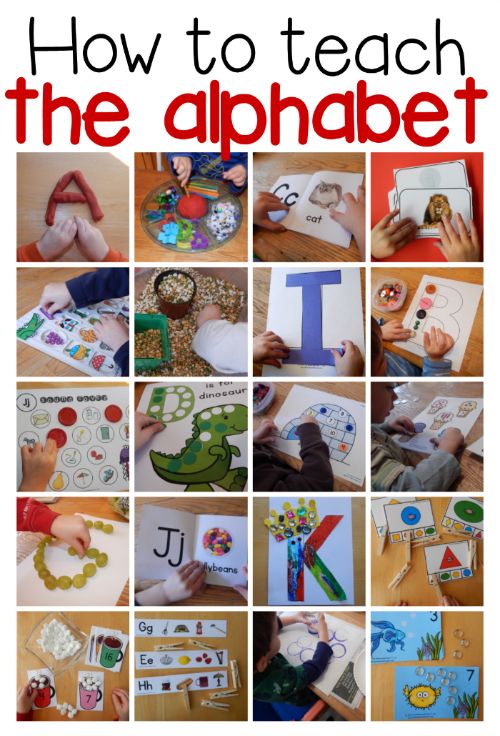 )
) - Days of the week, Months of the year, Seasons, Weather (sunny, rainy, cloudy, windy, snowy, hot, cold, etc.)
If your 3-year-old isn’t talking much at this point or is not trying to speak in full sentences, mention it to your pediatrician. Here are more tips to get your child to talk here.
2. Conversational Speech
Your 3 year old should be able to ask and answer simple questions and tell simple stories or anecdotes. They’ll probably be asking a lot of WHY questions as they are curious to learn all about the world around them.
Be sure to answer them with the correct responses and not just ignore their requests for information. Every question is an opportunity to teach your child and you don’t want them to miss out on those experiences.
It’s also important to make corrections in their grammar. When they were 2, some of the things that they said wrong sounded pretty cute. However, now that they’re 3, you don’t want them to get into bad habits of the way they speak.
However, now that they’re 3, you don’t want them to get into bad habits of the way they speak.
Whether they’re pronouncing a world wrong, using the wrong tense, pronoun, or grammar, the only way they will learn the right way is if you correct them. So let them know the right way to say the word or sentence and have them repeat it back to make sure that they understand.
In order to get your child to initiate conversation or answer your questions, you can:
- Ask them about their favorite characters/shows/books/toys. What easier way to get a kid to talk than to get them talking about their favorite tv show or super hero?
- Ask them about their day, ie. what did you eat for lunch? What did you play with in the bath tub?
- Ask them for their opinions
- Tell them to ask you about the above mentioned things
If they still tend to give you one-word answers, ask them more questions to get them to elaborate.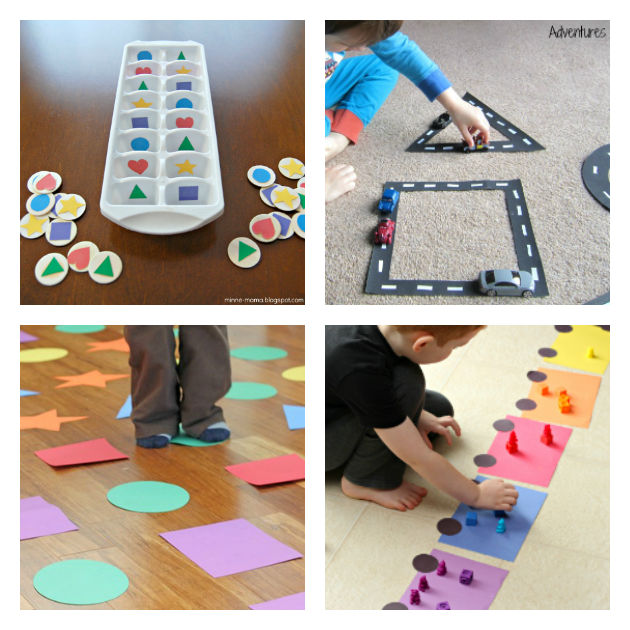 The more you ask. the more responses you will get. In turn this will help them to realize that they need to add more detail in their responses.
The more you ask. the more responses you will get. In turn this will help them to realize that they need to add more detail in their responses.
3. Reading books
At 3, your child should understand the concept of “reading” a book. They won’t actually be reading the words, but they should know how to grab a book, hold it the right way, and flip through the page independently.
They should be able to get a good understanding about what is happening in the book by looking at the pictures. They should even recognize that there are letters and words on the page that mean something, but won’t know exactly what they say or mean.
Read to your child everyday to instill their interest in reading. When you are reading to them:
- Use your finger to follow the words on the page so they start to associate the letters with what you’re saying
- Read word-for-word what the text says on the page instead of making up words or describing what the pictures look like
- Ask them questions about what they see on the pages
Your 3 year old may even be able to answer some inferential (why) questions (although this is a tougher skill), but it can’t hurt to try and ask them some of the questions.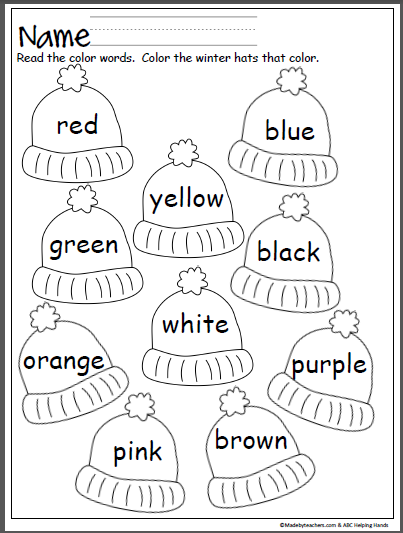 These are questions that the book doesn’t actually give the answer to, but the child has to think about their own answer or reason. For example, Why is the girl sad in this story? Why shouldn’t the boy have crossed the street? Why did the dog jump over the bone?
These are questions that the book doesn’t actually give the answer to, but the child has to think about their own answer or reason. For example, Why is the girl sad in this story? Why shouldn’t the boy have crossed the street? Why did the dog jump over the bone?
Reading doesn’t have to begin and end with books; labels on cereal boxes, words on toys, printed words on street signs, text on the television, or signs at stores are some examples where you can point out words and letters.
Related Post: The Outstanding Benefits of Reading to Babies and Toddlers
4. Promote Independence
Your three-year-old should be doing many things on their own now so be sure to give them these opportunities to learn, understand, and make mistakes (within limits, of course).
Of course they may not have perfected every skill yet, but the only way a child will learn is by doing it themselves. You can give them a hand completing the task once they’ve finished.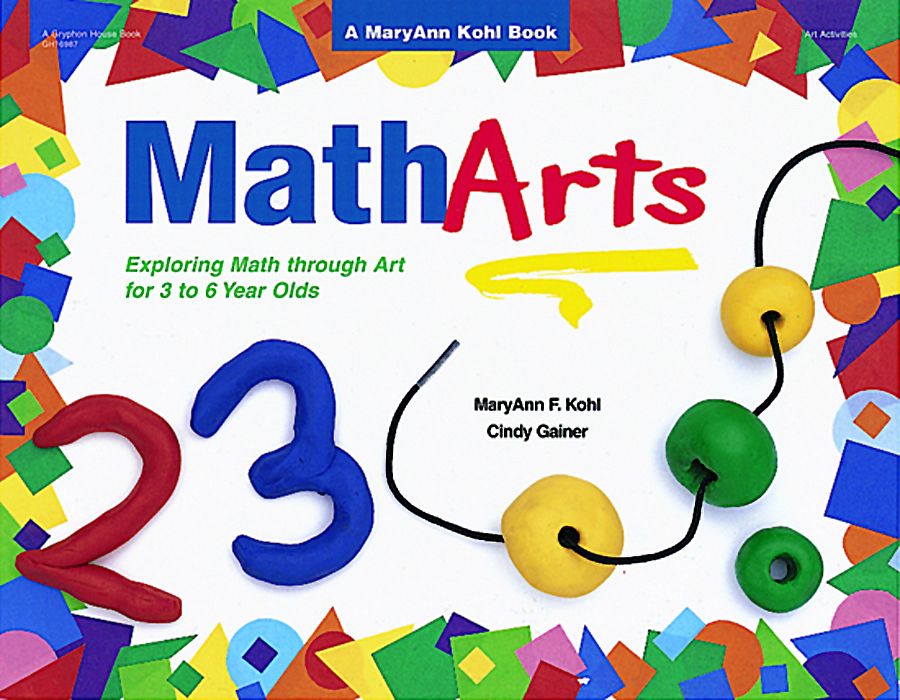
They should be increasing their independence in areas like:
- Dressing: choosing their own clothes, dressing for the weather (warm items or cool items), taking on/off a shirt, pants, underpants/pull-up, shoes, and socks, and learning the right way to put on items (backwards, forwards), and that shoes are on the right feet.
- Self-feeding: using utensils without spills, choosing their own meals and snacks, opening containers, drinking from an open cup with some supervision, and why it’s important to eat healthy. I love these utensils as my 3 year old graduated from her “baby utensils” to wanting to be just like mom and dad- these look like our silverware but are a perfect size for preschoolers.
- Brushing teeth and hair: Teach them how to brush correctly on their own (back and forth, top and bottom), putting toothpaste on (with help), and why it’s important to keep our teeth clean. My 3 year old LOVES using an electric toothbrush like this one, especially the ones with their favorite characters.

- Cleaning up: wiping up messes, putting toys away, bringing dishes, cups, & utensils to the sink when done, throwing away their garbage, using handheld vacuum to clean, and putting away toys when completing activity
- Hygeine: Blowing their nose, washing their hands, using a washcloth to wash themselves in the tub. Make washing hands and standing at the sink much easier by using stools and sink faucet extenders.
- Transitions: Getting in and out of the car on their own, going up and down the stairs, ending one activity and moving to the next without complaining, turning on/off lights when entering/leaving the room
Be sure to model and show your childhood to do these skills the right way so that they don’t keep practicing something the wrong way.
5. Pretend PlayUsing their imagination opens up a world of fun and play for your 3 year old. This skill typically comes naturally as they copy and imitate what they see in the real world, in books, or on tv.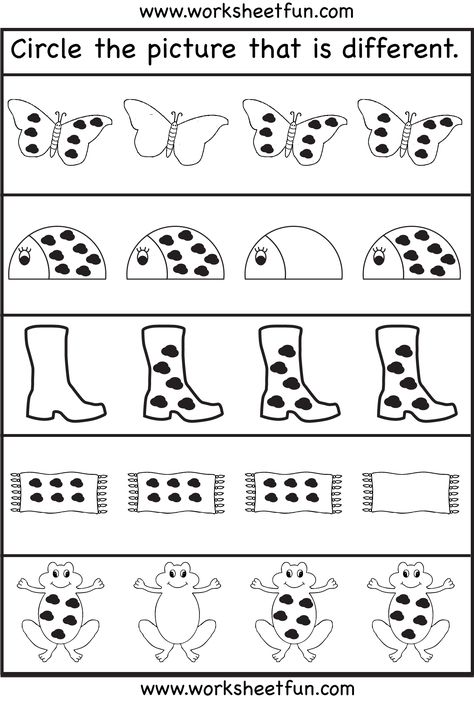
They will use a combination of imagination and reality to copy the things they see daily, like these:
- Cooking in a play kitchen with pots and pans
- Hosting a tea party for their dolls and stuffed animals
- Feeding, burping, and changing a baby doll with play spoons, bottles, and diapers
- Talking on the phone with a play cell phone
- Playing doctor with a doctor or nurses kit
- Going shopping with a shopping cart and fake food
- Driving a car
- Sweeping, mopping, and vacuuming the floor
- Dressing up as their favorite princess, super hero, or character
At 3 years old, your child should have moved passed scribbling and be able to make intentional marks on the paper. They should be able to draw a:
- straight line down
- straight line across
- circle
- cross ( + )
- other shapes such as a square or triangle come later, but they can still attempt these, but may need help or the angles won’t be perfect
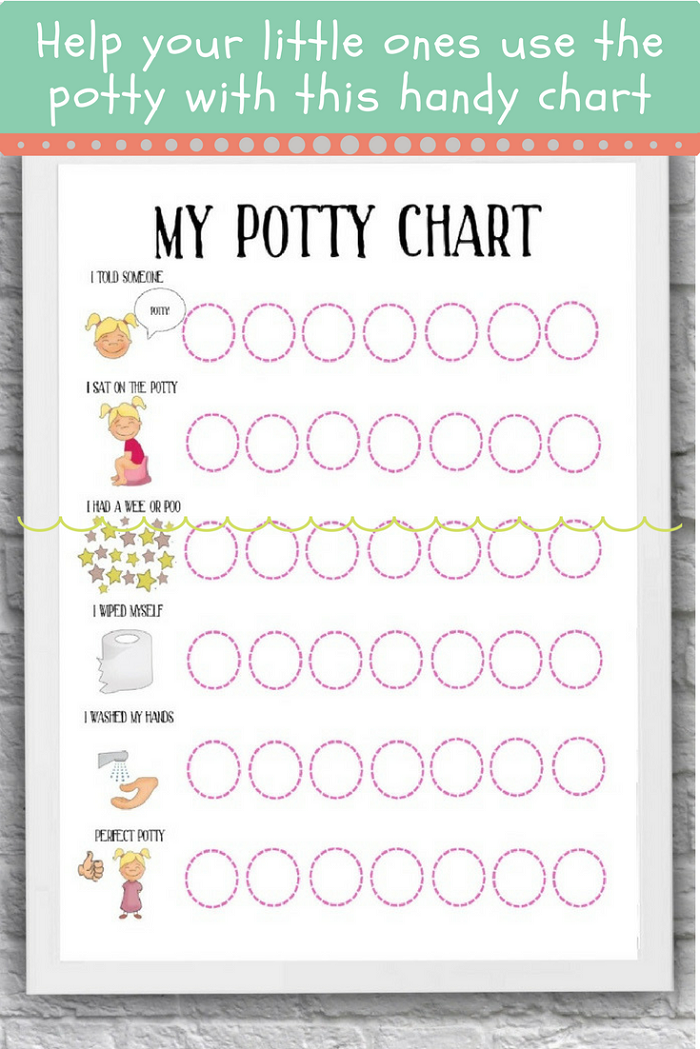
You can also guide them into making drawings using those elements (lines and circles), for example to draw a sun, a person (stick figure), or a flower. Of course, these drawings won’t be perfect, but they’re gaining insight as to how to make their marks on the paper look like something real.
Imitation is the best way to have your child learn to draw at this age, meaning that you draw one line and have them watch and repeat the same thing. This as opposed to copying (where you just show them the picture and expect them to figure out how to draw it).
7. Coloring and Painting
At age 3, your child can start learning how to color a picture correctly. You can guide them by showing them how to:
- Stay within the lines of a shape, border, or object
- Finish coloring each section without leaving a ton of white spots
- Use correct colors for certain objects, ie. coloring a strawberry red and a horse brown, instead of just picking any color that they choose
- Use different colors for different sections of a picture, ie.
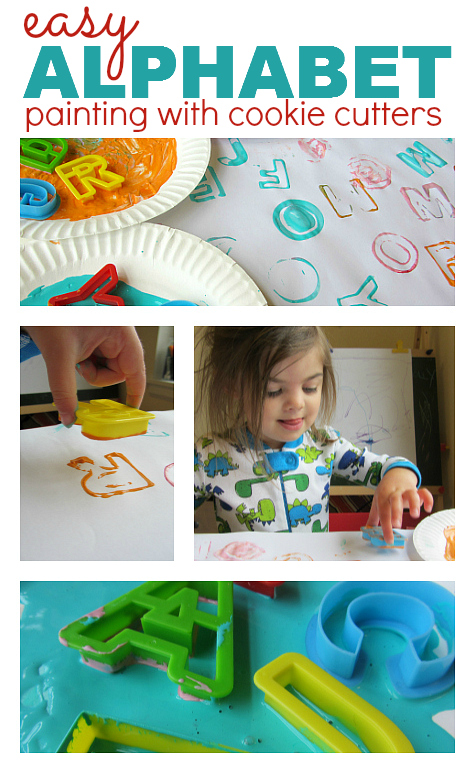 Coloring a beach scene with blue for the water, yellow for the sun, green for the palm tree, etc. instead of jut coloring the whole thing one color
Coloring a beach scene with blue for the water, yellow for the sun, green for the palm tree, etc. instead of jut coloring the whole thing one color
Be sure that they are holding their crayon with the correct grasp at all times. I highly suggest these finger crayons for the young ones. They are perfect for little hands and promote a good grasp when holding the crayons.
If your child likes markers, but you don’t trust them being alone in a room with them, these Crayola Mess-Free Coloring Sheets are my absolute favorites!
The markers come out clear if they are used on any other surface besides the paper. On these special sheets, they’ll turn a color so your toddler sees the masterpiece that they are creating. They have so many characters available so I’m sure you can find a pack that your child will love.
8. Tracing
Tracing is a great visual motor skill (hand-eye coordination). You can teach your 3 year old to trace lines and letters by:
- Having them use their finger first to trace the line on the paper
- Tracing straight lines first and then working toward shapes, zig zags, and curved lines
- Making sure that they know to stay on the line the best that they can
- Tracing letters in preparation for writing
9.
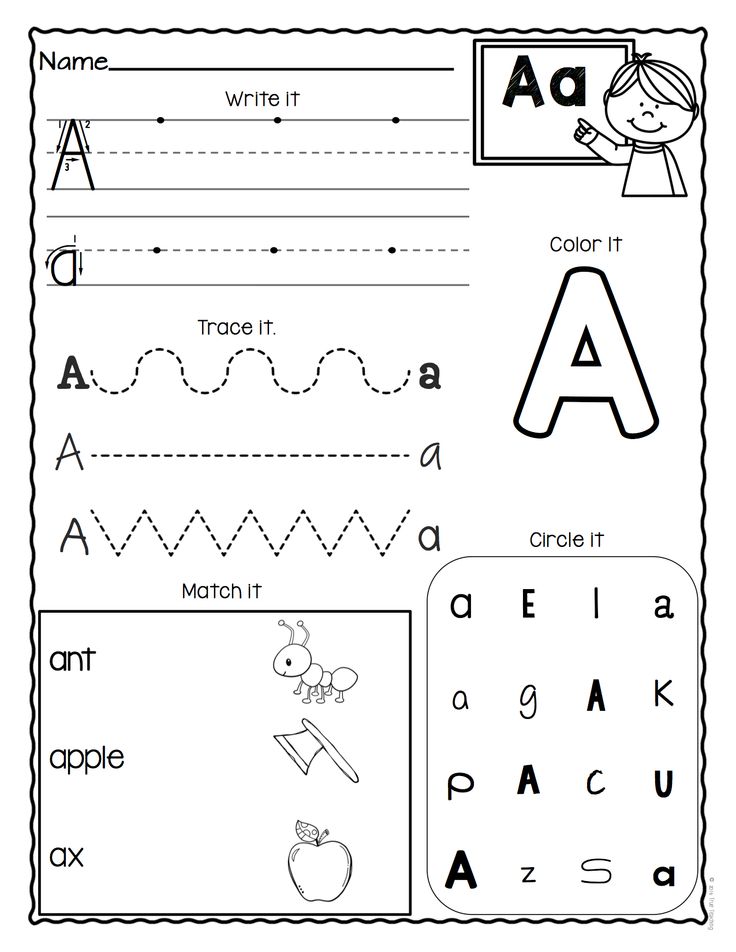 Cutting
CuttingCutting is a skill that 3 year olds can begin practicing. They may still have a difficult time, but here are some tips to get your preschooler cutting:
- Be sure to use child safety scissors so they can’t hurt themselves.
- Teach them how to hold the scissor correctly with their thumb toward the ceiling on both the cutting hand and helper hand
- Position the paper in front of them while they are cutting instead of holding it off to the side or way up high.
- Make sure that their arms, shoulders, and elbows are down and relaxed as they cut right in front of them. As they’re concentrating, children tend to hike up their elbows and cut up high.
- Once they are able to make small snips on the paper by just opening and closing the scissors, teach them how to cut on a straight line
- Use sturdier paper like construction paper to make holding and stabilizing the paper easier on them.

Your 3 year old may be able to count up to 20 (with some errors at times) from memory and maybe even up to 30 with more practice. They can also work on recognizing and identifying numbers and counting objects.
You can practice counting with so many different, everyday objects:
- count each step while you’re walking up the stairs
- count the number of blueberries on their dinner plate
- count the number of toys in their toy bin
Numbers are everywhere so be sure that they are counting whenever they can.
The concept of one-to-one correspondence (one object is one number) should be emerging now. Just show them how to point to each object as they count it and correct them if they start saying 2 numbers as they count one object or skip over objects when counting.
11. Letters and Sounds for Beginning to ReadYour child may already know many of the letters of the alphabet.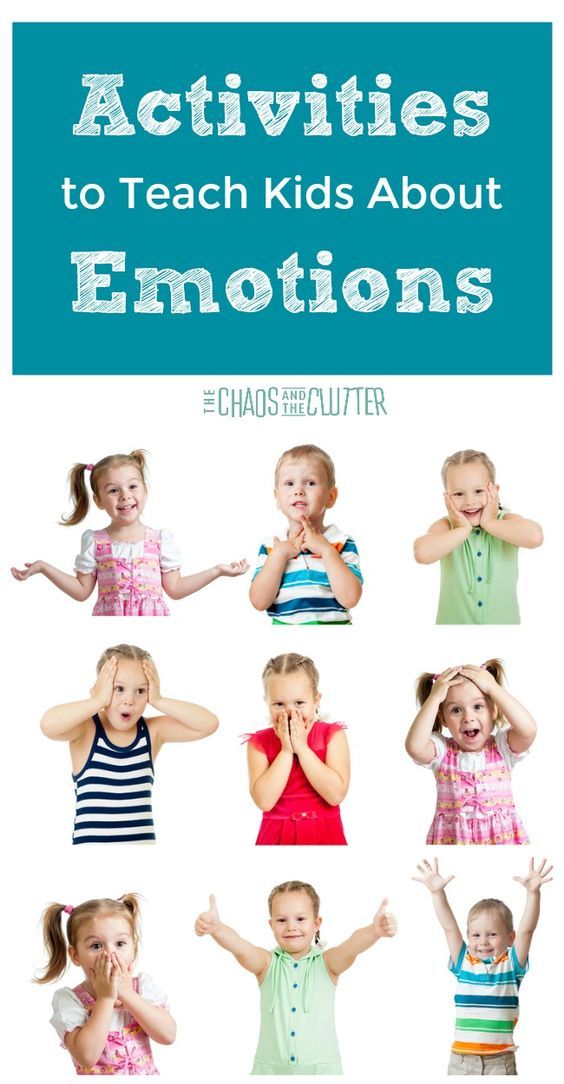 At this age, they should probably be able to recite the ABC’s from memory (with some errors and help as needed).
At this age, they should probably be able to recite the ABC’s from memory (with some errors and help as needed).
Now you can work on recognizing letters, as well as the sounds they make. To make letter learning easier, try these tips to teach your 3 year old:
- Look at both uppercase and lowercase letters when learning. The lowers case letters are the ones that they will see more often when they read or see words.
- Point out letters to them everywhere: on cereal boxes, on street signs, on banners, and on snack bags
- When talking about a letter, always tell them the sound that it makes and a word that has this letter as its starter. For example M: say M says mmm for mom. Always have them repeat you to etch it into their memory.
- Use different sensory modalities to trace, write, or copy their letters. For example, writing them in sand, placing stickers inside the written letter, tracing the letter written in puffy paint with your finger, erasing the letters from a dry erase board, matching upper and lower case letters, etc.
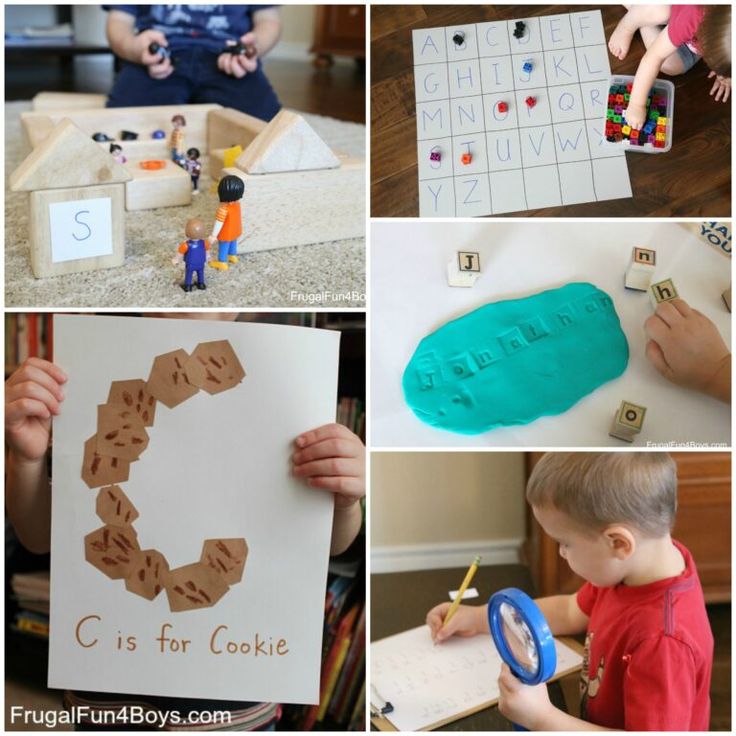 Here are some more fun sensory activities for letter learning.
Here are some more fun sensory activities for letter learning. - Sing songs that help them to remember the letters
- Use puzzles with letters for letter matching
These name puzzles from Bloom Owl are a great way to get your child learning the letters of their name. They’ll love playing with the puzzle as they start to recognize the letters they see all the time.
By far my favorite resource for having your child learning letters and letter sounds is the Leap Frog shows on Netflix. They include Letter Factory, Phonics Farm, and more. If you have Netflix you can access these shows! My 20 month old was reciting all of the letter sounds because he loves this show so much!
Once your child has a good memory of most letters and their sounds, you can teach them how to put them together to form short words. At 3 years old, a child may be able to start reading 2 or 3 letter words.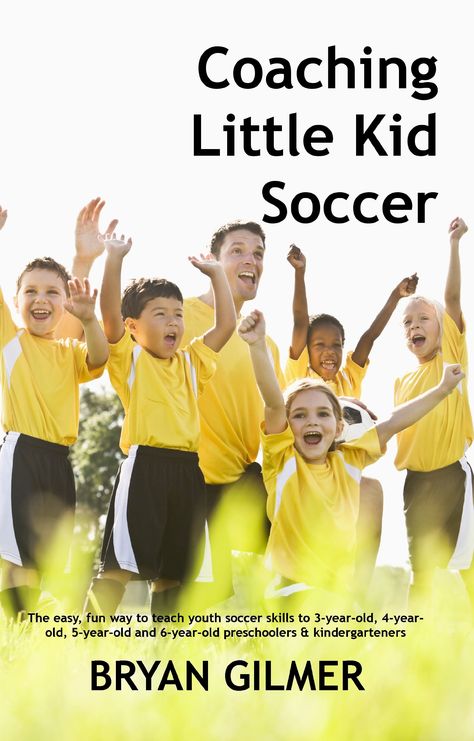 Teach them how to use those sounds to read short words from the -at, -et, -it families, such as mat, rat, bat, get, set, let, sit, fit, kit, etc.
Teach them how to use those sounds to read short words from the -at, -et, -it families, such as mat, rat, bat, get, set, let, sit, fit, kit, etc.
Related Post: Sticker Activity for Learning Letters
12. Building
Building helps to improve your child’s hand-eye coordination and spatial awareness. They’ll be able to use their imagination and creativity to create masterpieces and then knock them all down when they’re done.
This Melissa & Doug Alphabet block set is great to stack and Bristle Blocks are also perfect for stacking, putting together, and taking apart at this age. My 3 year old is also obsessed with Magnetic Tiles– it’s the one toy that just never gets old!
Have them use blocks to encourage imaginative play and see what they can come up with. Building blocks let them problem solve and investigate the world around them.
13. PuzzlesPuzzles are a great activity for fine and visual motor skills (hand-eye coordination).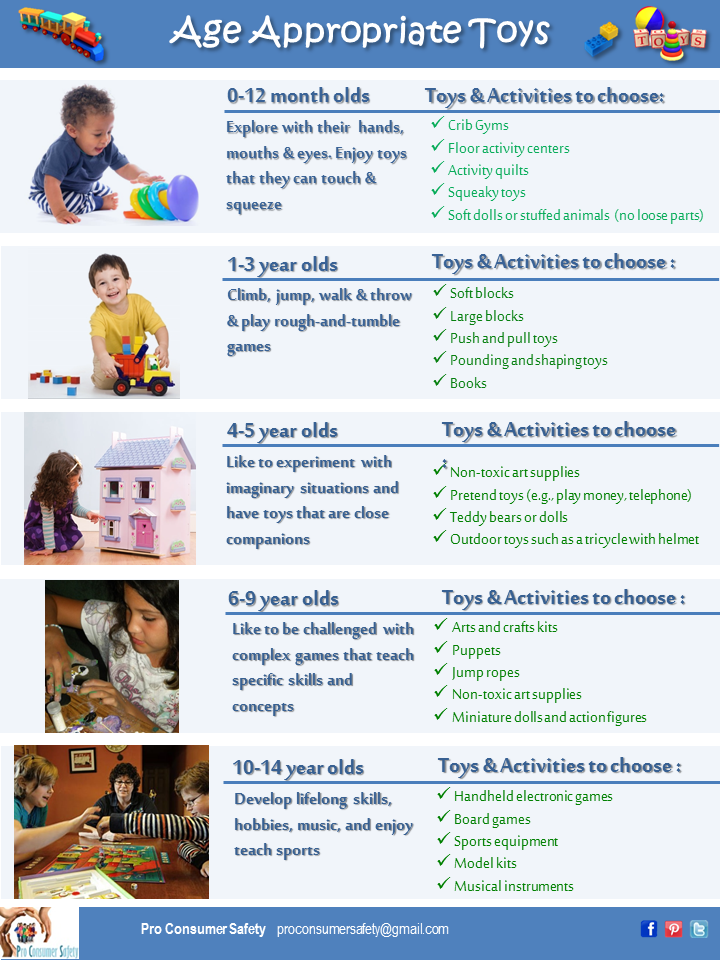 Having to fit a piece into it’s correct spot by turning and manipulating it is great for visual-spatial awareness.
Having to fit a piece into it’s correct spot by turning and manipulating it is great for visual-spatial awareness.
Your 3 year old should have moved past inset puzzles and can do more complicated interlocking puzzles. Start them out with small interlocking puzzles like these or these, which only have 6-9 pieces per puzzle.
14. Physical Activity, Sports, and Getting OutsideThree-year-olds are known to be pretty wild so you probably won’t need much coaxing to get them active. However, make sure they’re getting plenty of physical activity to learn new gross motor skills. These include:
- Jumping and running
- Climb up and down playground equipment or a jungle gym
- Start learning how to ride a balance bike or a bike with training wheels
- Throwing/catching/kicking a ball
- Hop or stand on one foot for a short time
- Walk backwards
The best way to get them active is to give them lots of outdoor time. Take them to playgrounds to climb on the equipment as they offer so many opportunities for enriching gross motor skills.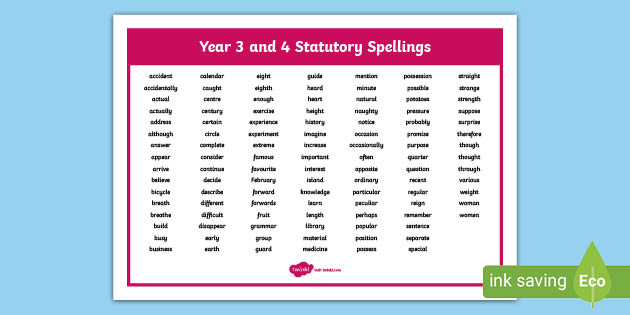 Take them for a walk and point out all the sights you see.
Take them for a walk and point out all the sights you see.
Your child can also start playing cooperative sports with peers and follow directions by watching someone do a movement. Activities like gymnastics, dance, soccer, swimming lessons, and tee ball are all great organized activities to practice all of the above skills.
15. Music, Dance, and Rhythm
Children love rhythm and music so get them singing, dancing, and exploring their bodies with music. Put on music for them to dance to, sing along to their favorite songs with a microphone, or make their own music with toy instruments like maracas, xylophone, tamborine, etc.
You can also make musical ‘instruments’ with so many household objects, like shaking pill bottles, banging wooden spoons, or filling plastic Easter eggs or water bottles with uncooked beans or rice.
Do the Hokey Pokey to get them moving and learning body parts. Imitating movements that they see you doing is a great way to develop body and spatial awareness, as well.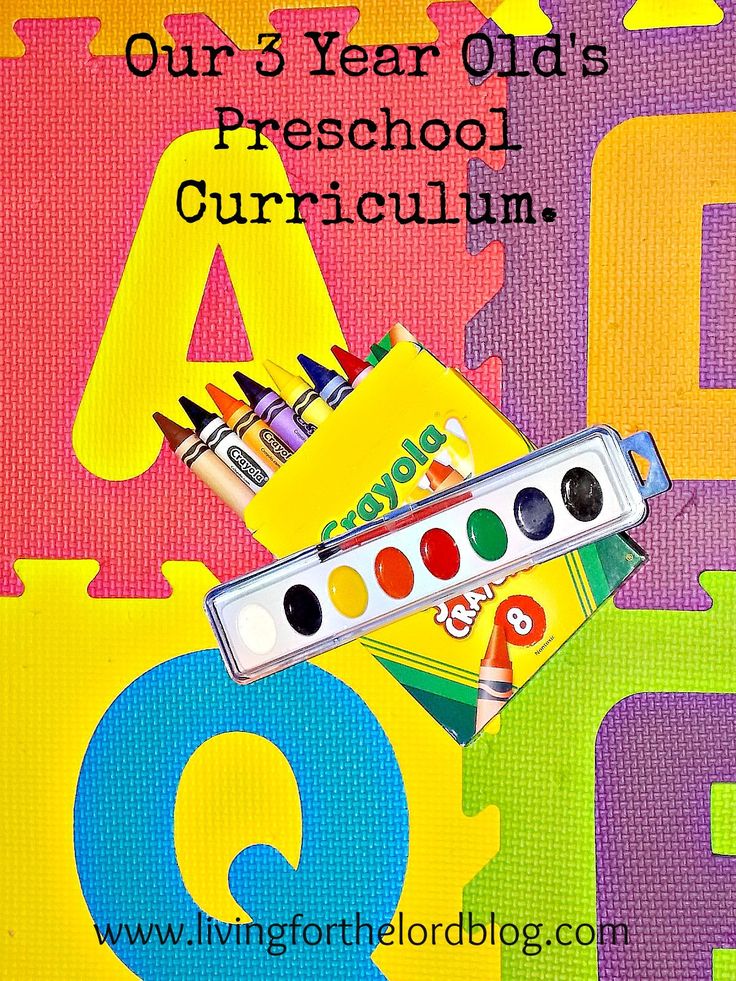
Singing songs and doing dances are also a great way for your preschooler to learn and memorize new words and concepts like the days of the week song, months of the year song, head shoulders knees and toes, finger family song, etc. They’ll know their days of the week s quickly if you just put a tune to it!
16. Potty TrainingAround 3, many children will be fully capable of using the toilet. If you haven’t started yet, give it a try! Your child may do better than you think.
If they’re already potty trained, make sure that they are fully independent with pulling their pants and underwear up and down, wiping themselves both back and front, and washing their hands afterward.
Be sure to wait until they’re ready and don’t force it on them. Here are some great tips on potty training your child here.
17. Sense of Time
Of course your three year old will not be able to tell time, however you can still teach them a basic sense of time, including:
- Understanding morning, afternoon, and night.
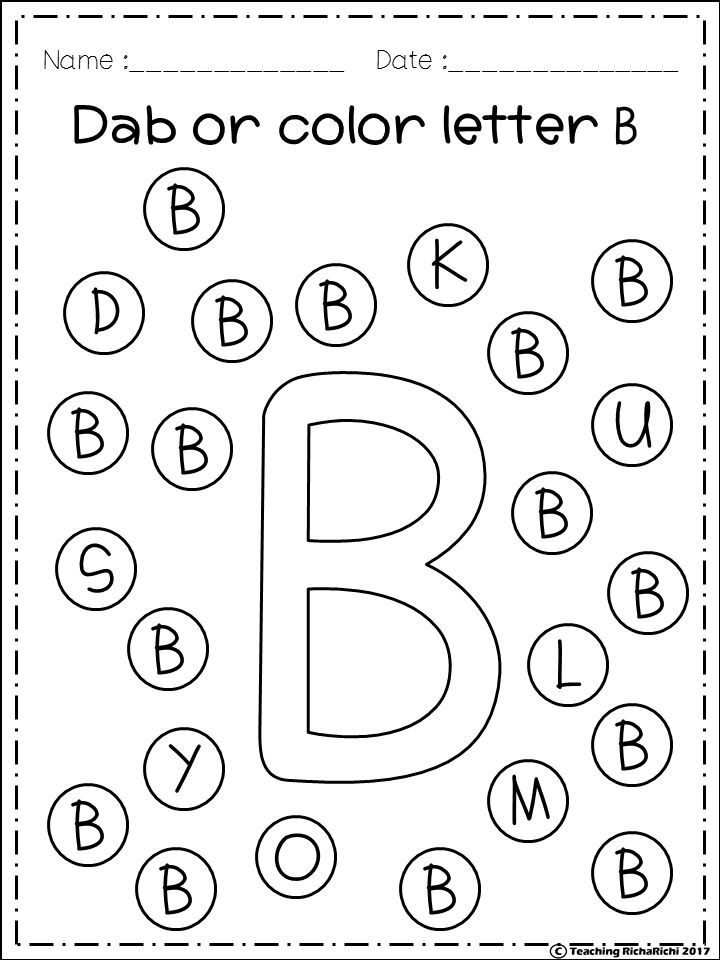 They should understand the concept of when they wake up it’s morning, lunch time is the afternoon, and before bedtime is night. They can also understand this better by seeing outside when it’s light or dark.
They should understand the concept of when they wake up it’s morning, lunch time is the afternoon, and before bedtime is night. They can also understand this better by seeing outside when it’s light or dark. - Recognizing the numbers on a digital clock. If they can identify numbers, they should be able to see the first number and say it’s 7 o clock. With my daughter, we tell her that 7 o clock is bedtime so when she sees 7 on the digital clock, she knows it’s time to go to bed.
- Knowing when they have 1, 5, or 10 more minutes left. They still won’t have a true sense of how long these increments of time are, but you can try to make them aware that 1 minute is quick, compared to 10 minutes or 20 minutes.
- Days of the week. They may be able to get a sense of what day it is today, what it will be tomorrow, and what it was yesterday
Before they fully have a sense of time, try setting an audio or visual timer when you need to show them when time is up.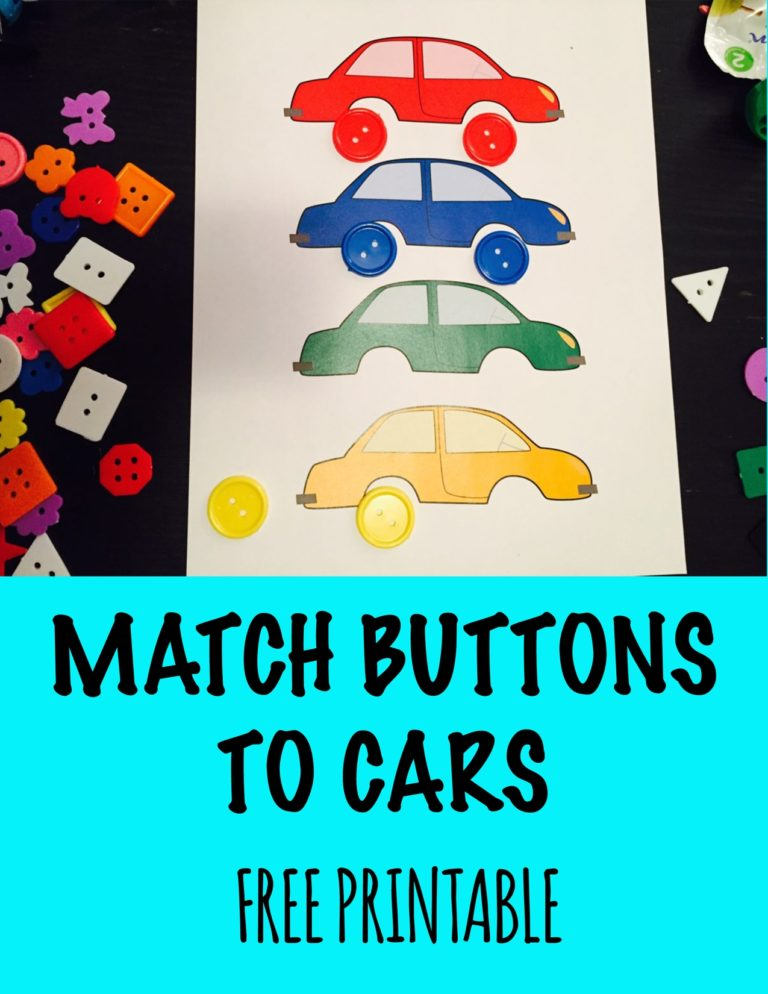 For example, when you say clean up in 5 more minutes, set a timer for 5 minutes to ring when it’s time.
For example, when you say clean up in 5 more minutes, set a timer for 5 minutes to ring when it’s time.
We love the Time to Wake clocks for my little ones. They let them know when it’s time to call for mom or get out of bed by simply turning a different color when it’s almost time to get up or when they should leave their room.
This is a great visual way for them to “see” and understand time.
18. Safety
Of course, safety is a crucial lesson to teach your child. This is the age where they will probably have no fear or understanding of dangerous situations. The following practices need to be taught to your 3 year old as they may not just come naturally:
- not running away in public
- not running out into a parking lot
- stranger danger
- staying close to mom or dad
- being cautious when crossing streets
- holding hands when in public or outside
- sun safety: applying sunscreen, wearing hats
- being careful of hot items: kitchen appliances, flames, etc.
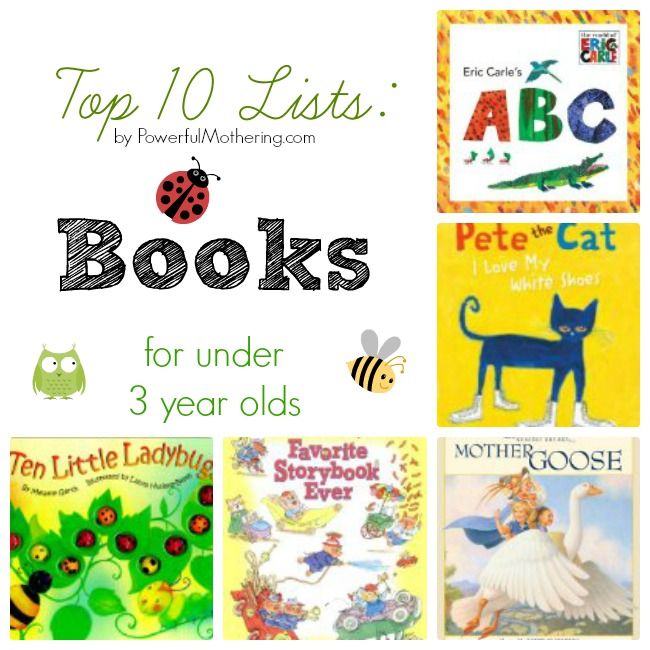
Speaking of safety for your little ones, the Whystle App is a great resource for all parents to have that tracks all safety information that’s important to your family. This includes product recalls for toys, food, and more that could promote dangers into your home. Download this app free on your phone and then there’s a free trial for the subscription so you never miss an important safety warning.
19. Manners and Respect for Others
Understanding how to properly treat others is a valuable trait to instill in your child. This goes for respecting both adults and other children. It’s important to teach your children how to use polite words and actions to show manners.
At this age, they are still testing their boundaries and exploring new ways of getting what they want. Instill rules for respecting others even through times of frustration.
- Saying excuse me when needing someone to move or get their attention
- Patiently waiting for a parent to finish talking to another parent before chiming in
- Saying please and thank you shows consideration and appreciation
- Making eye contact when speaking to others
- Apologizing when you do something wrong
- Ask questions to others about how their day is or how they are feeling
- Compliment others on their clothes, hair, or something they did
- Share their toys or items that belong to them
- No pushing, hitting, biting, or pulling hair to hurt others in any way
20.
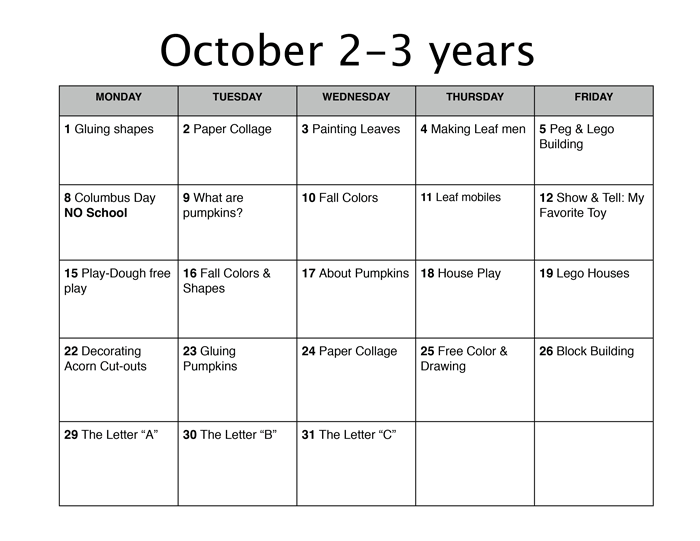 Staying Healthy: Good Hygiene and Eating Well
Staying Healthy: Good Hygiene and Eating WellTeaching your 3 year old to practice good hygiene and healthy eating is great to start young. Build-in their hygiene routine throughout the day and they will become accustomed to this regimen. Eating healthy foods early on to set them off for a healthy diet for the rest of their life. These include:
- eating fruits, vegetables, whole grains, and proteins. Avoid: processed foods, unhealthy snacks, and sweets
- washing hands after meals and potty
- brushing teeth morning and night
- bathing daily or every other day
- keeping their clothes and body clean while they eat or play
- covering their mouth when they sneeze or cough
- blowing their nose into a tissue
- wiping their own privates after going potty
Complying with:
- brushing and combing hair
- cutting fingernails and toenails
- cleaning inside ears with a child safety q-tip
Related Post: How to Get Your Picky Toddler to Try New Foods
21.
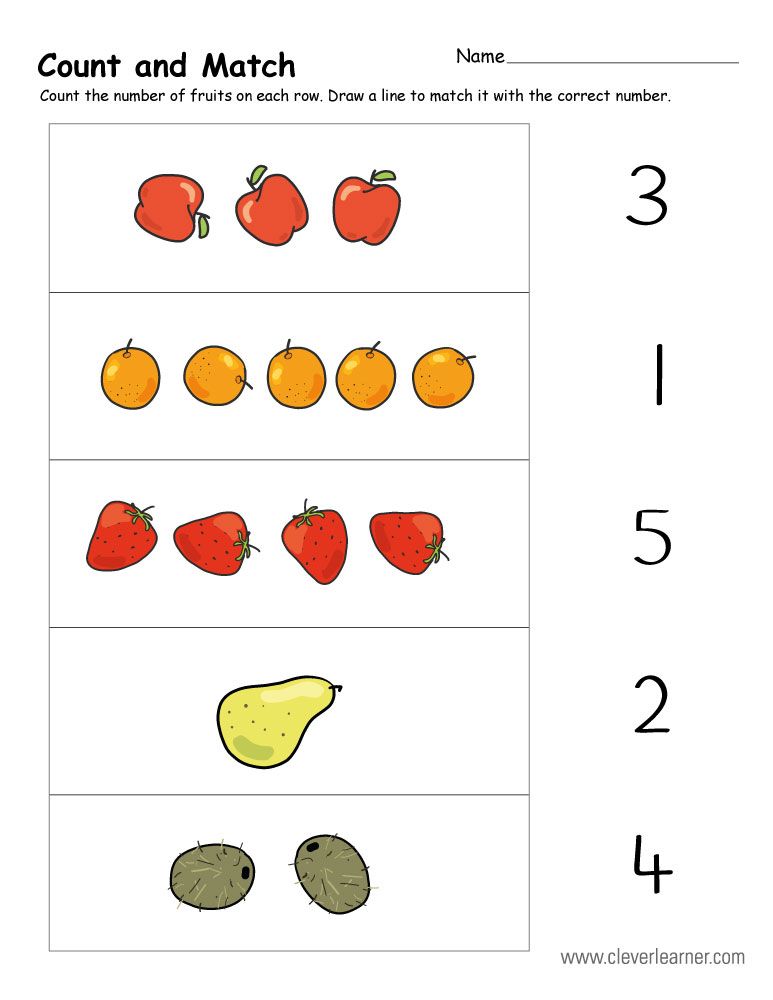 Acting Appropriately in Public and Understanding “No”
Acting Appropriately in Public and Understanding “No”Preschoolers are very ego-centric (only care about themselves). It’s totally normal for them to only think about how things will affect them. This almost always leads to inappropriate behaviors as they learn what behaviors get them what they want.
Don’t always give in to every cry and teach them that sometimes they can’t get everything that they want. Don’t always give them the cookie that they’re begging for or the new toy at the store. If they must get the object that they desire, make them earn it.
Teach your 3-year-old how to act appropriately to avoid tantrums in public. Try putting rules in place when you are out so they know what is expected of them. Always have a way to redirect or distract them when you see a tantrum starting (using something else they are interested in). Lastly, just avoid situations that could set them off.
This is a great article about Tips for Cry-Free Shopping with Your Toddler
22.
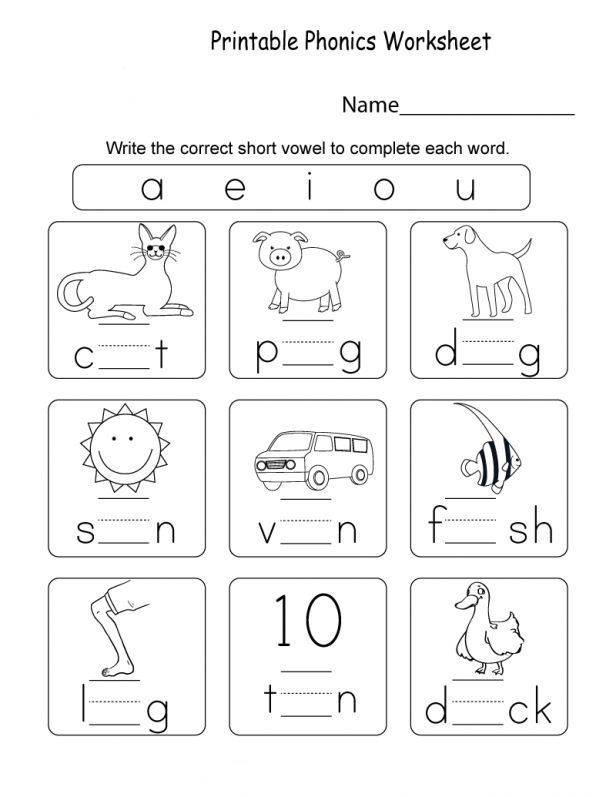 Empathy and Compassion
Empathy and CompassionFrom a young age, you want to fill your child with compassion and empathy for others. Teach them about emotions and to be conscious of other people’s feelings.
- If they see someone crying, ask what’s wrong.
- If they see someone alone, go over and play with them.
- If they see someone that looks different than them, treat them equally.
- If they hurt someone, apologize and make it better
It’s never too early to talk to your children about race, ethnicity, disabilities, and recognizing differences between others.
23. Structure and a Routine
Your 3 year old probably already has some routine in place throughout their day. However, you want to ensure that they are consistently doing what is asked of them so that they could even do it on their own if needed.
The more structure that your child has in their day, the more they will start to understand time and a daily schedule.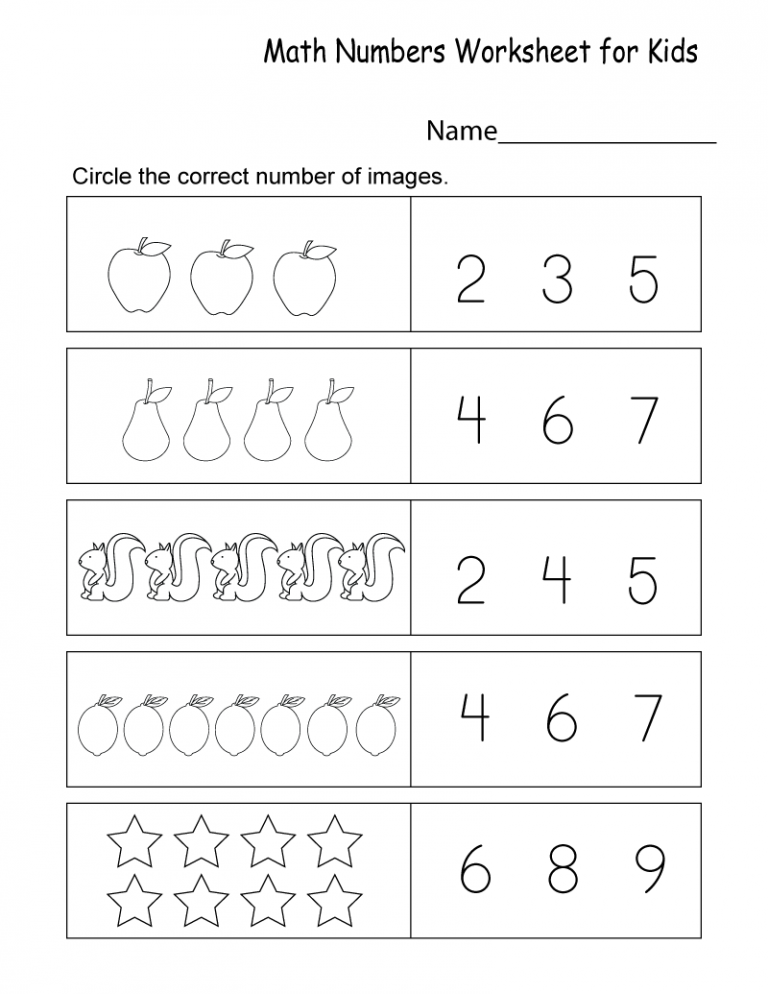
I love using a routine or responsibility chart (like the blue/green one on the right) so my toddler can have a visual cue of everything that is expected of her. Use one with pictures instead of just words, (like this Mickey Mouse chart), so your toddler actually understands what it’s for.
Here are some examples of day-to-day routines that you can create a specific pattern for:
- Bedtime: Brush teeth, go potty, wash hands, put pajamas on, read a story, go to sleep
- Morning: Go potty, wash hands, brush teeth, get dressed, eat breakfast
- Before naptime
- Pre-dinner wind-down time
- Cleaning time
- Getting ready for school/daycare: Packing their backpack, putting their jackets and shoes on, getting themselves into the car
Related Post: Why Your Child Needs a Daily Routine and How to Make One
24.
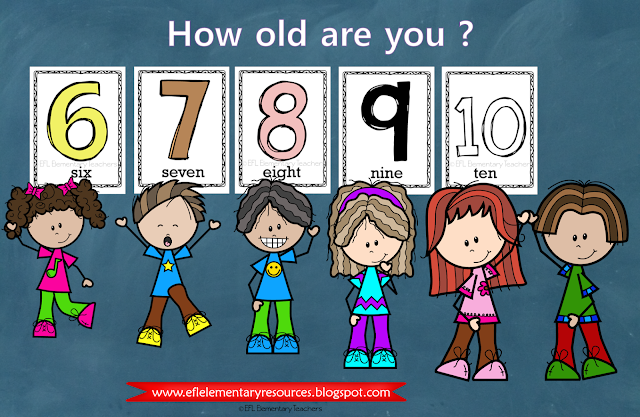 Staying on Task
Staying on TaskA 3 year old’s attention span is still quite short, although it should have increased a lot since toddlerhood. It’s only reasonable to ask them to focus on a task for around 6-10 minutes at this age.
However, it is important for them to be aware that once they start a task they should finish it to completion. My daughter loves to grab a puzzle and put in 3 pieces and walk away or sit down and read 2 pages and then walk away.
The goal of teaching your child to stay on task is to complete what they start. Here are some tips:
- While playing with your child, make sure that they complete the entire activity, ie. puzzle or read through the whole book, before they get up and run around.
- If they’re coloring or building a tower, keep them engaged in that one activity for as long as possible before you let them move on to the next.
- During mealtimes make sure they remain seated and finish their meal before getting up and playing.
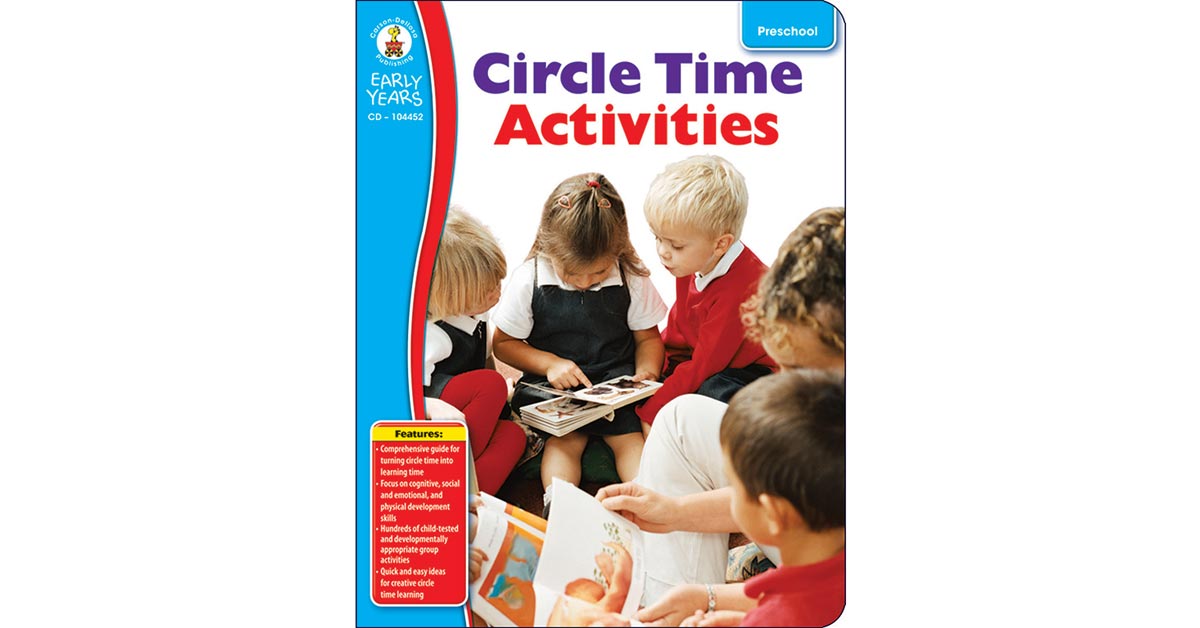
- Make sure they clean up one activity before moving on to the next
25. Be a Helper and Doing “Chores”
Little kids LOVE to help grown-ups. They want to do everything that you’re doing because they’re starting to gain this growing confidence and independence. Invite them to perform tasks that they may not be able to do independently, but that they can help you with.
- Get the mail
- Take the trash out
- Refill the toilet paper roll dispenser
- Help with cooking: mixing, adding ingredients
- Carrying in bags or groceries
- Fill the dog bowl
- Entertain a younger sibling
- Cleaning up their toys
- Cleaning up after themselves: throwing their dishes in the sink garbage in the trash can
- Wiping down the table or floor when they make messes
26. Technology
Technology or screen time should be limited for preschoolers to no more than 2 hours a day, but it is still important for your child to learn how to use these devices.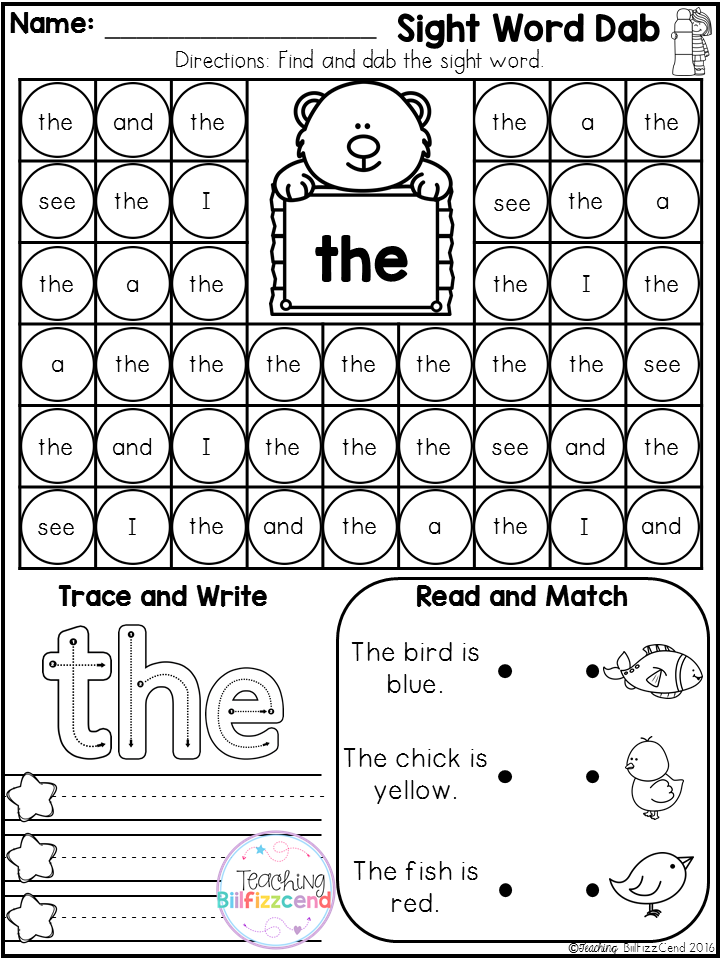 The fine motor skill of swiping, clicking, and sliding to nagivate through tablets and smart phones are something that your 3 year old can easily learn.
The fine motor skill of swiping, clicking, and sliding to nagivate through tablets and smart phones are something that your 3 year old can easily learn.
Ipad educational games like ABC Mouse are great to sharpen a lot of the educational skills listen above, as well as practice using a tablet or smart phone. There’s a great curriculum based on age and developmental level that teaches them so many new skills.
My 3 year old loves ABC Mouse because of the wide variety of games and fun. She’s learning how to trace letters, numbers, make new sounds and words, etc.
Leapfrog Laptop is also a fun interactive computer that little words can learn letters and typing on.
27. Sorting and Comparing
Sorting and comparing is a skill that you can teach your 3 year old. Make them aware of how objects are the same and different. Some of the criteria that they can use to sort is by:
- color
- size (big, medium, small)
- shape
- categories (fruits vs.
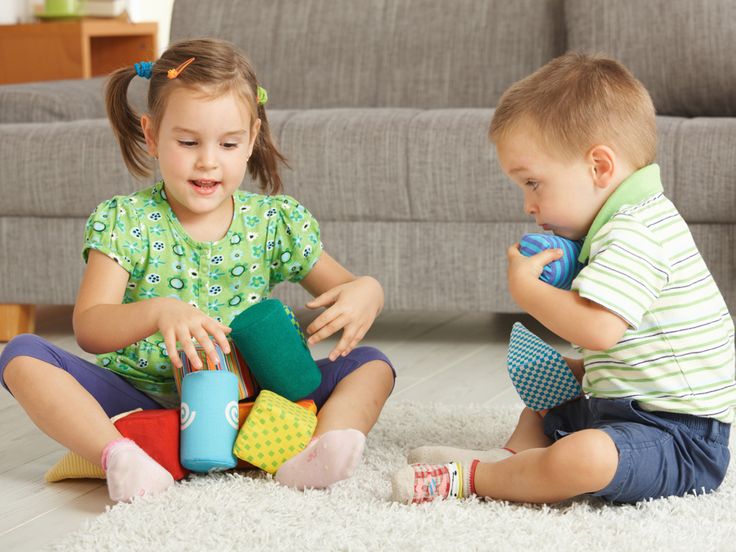 vegetables, farm animals vs. ocean animals)
vegetables, farm animals vs. ocean animals) - pattern (stripes, polka dots, solids)
This sorting pie from Learning Resources is a great way to practice sorting and categorizing objects by the features mentioned above.
28. Follow Multi-Step Directions
Your 3 year old should now have progressed from only understanding and following 1-step directions (i.e. put your shoes on) to following 2-3 step directions (i.e. get your shoes from the closet, put them on, and go wait by the car).
Practice with 2 steps at first to make sure they can focus on the direction given, process it, and carry it out. Then you can try adding in another step to see if they can still follow.
At times, your little one may be distracted to get all the distractions, and that’s ok since their attention span is still short, but as they approach 4, they should really be listening to you intently and follow your commands.
29. Rhyming Words and Opposites
You can teach your 3 year old some rhyming and opposite words at this age, as well.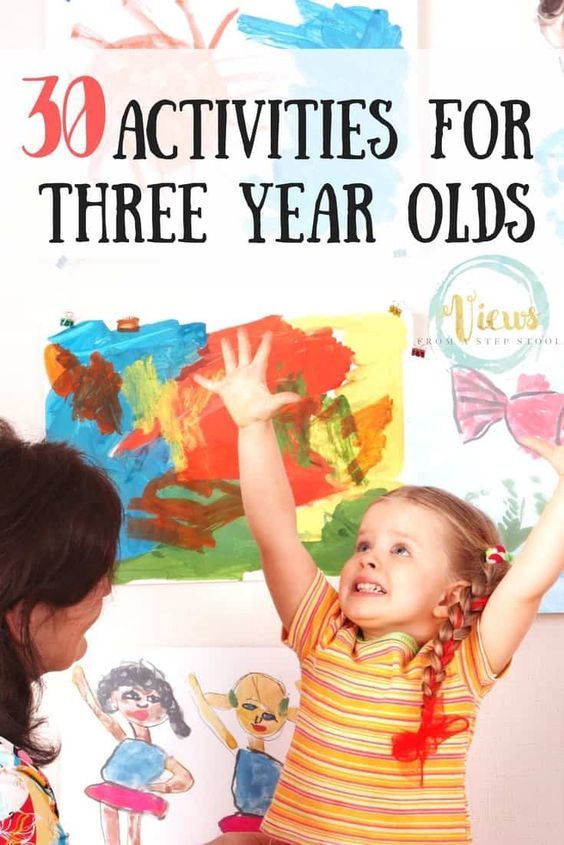 Short words that sound alike (ie. rat, bat and sky, tie) should be easy for them to catch on to.
Short words that sound alike (ie. rat, bat and sky, tie) should be easy for them to catch on to.
Opposite words, for example in-out, up-down, should also be learned at this age as they use these words all the time. They should already know the words, but now understanding the meaning and how they are opposites of each other will really get their mind stimulated and understanding these concepts.
30. Sight Words
The first sight word that your preschooler may be able to spell and recognize is their name. Teach them how to spell their name and how to recognize it when it’s written. Those name puzzles shown above are great for practicing this!
Although your child isn’t expected to know sight words until later on, it can’t hurt to expose them to it now. Sight words are words that may not sound the wya they are spelled so they will have to just memorize the way the word looks.
These are typically commonly used words, for example, like, the, and my. As you read to your child, you will probably come across these words several times.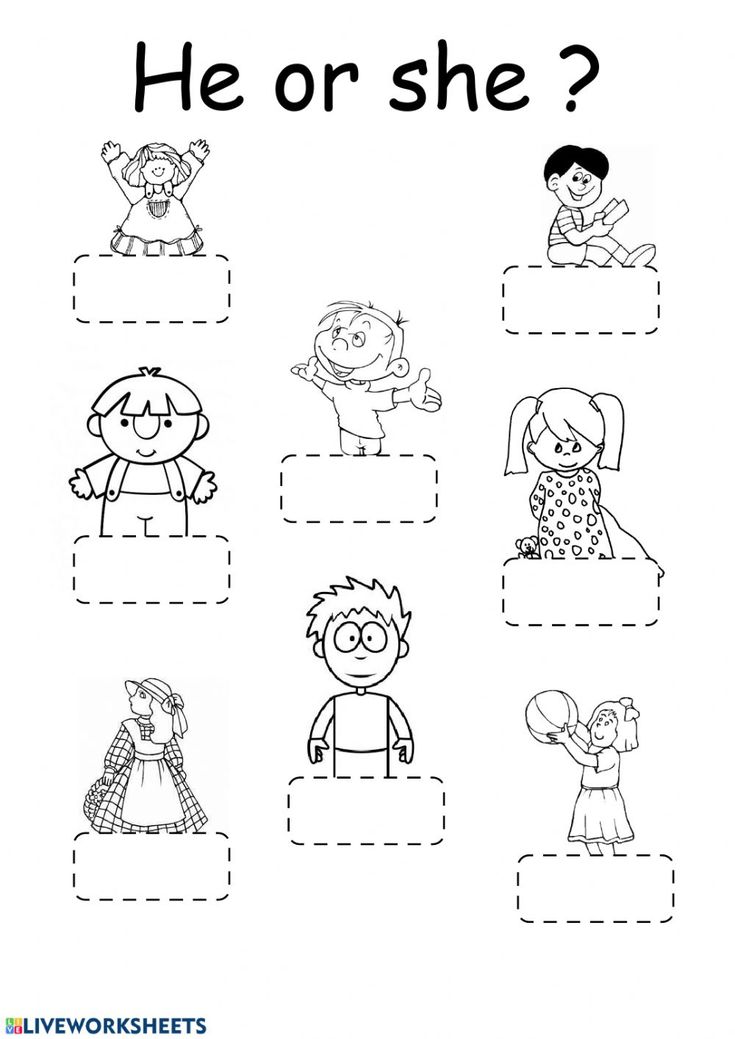
Point out the words to them and tell them what they say. If you tend to read the same books over and over, they should quickly pick up on what a word looks like and say it as you read. Not only soul you point these words out in their favorite book, but wherever you see it whether it’s a cereal box or sign.
Flash cards are also great for learning sight words, however they are a bit young for this.
31. Days of the week/Months of the Year/Seasons
By going over the calendar daily or singing songs, your 3 year old can learn the days of the week and months of the year pretty quickly. They still may not get a true sense of how these time periods work, but they can memorize a list of these items.
Most of these skills listed above can be accomplished at some point while a child is between three and four, but every child develops at their own pace.
This article is not intended to skew your mind into thinking that your child MUST know these concepts.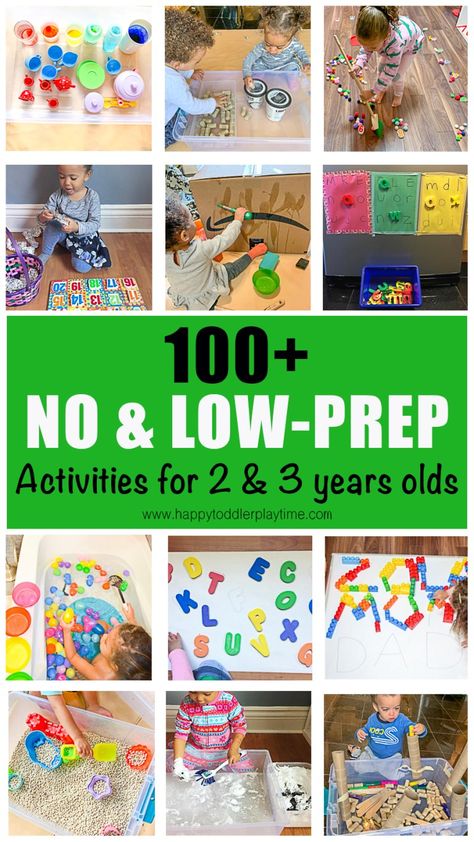 However, if you are looking for activities to do with your child, ways to engage their mind, or knowledge to teach them, these are some great tips. Your child is NOT behind if they can’t adequately do all of these things, but if you are concerned, please speak to your pediatrician.
However, if you are looking for activities to do with your child, ways to engage their mind, or knowledge to teach them, these are some great tips. Your child is NOT behind if they can’t adequately do all of these things, but if you are concerned, please speak to your pediatrician.
Have fun teaching your three-year-old and enjoy watching them blossom this year. They’ll be growing and developing before your eyes so don’t blink! Here are some more great activity ideas to do with your little one.
Related posts:
Educational Activities for 3 Year Olds
Looking for things to do with your child? Check out these learning and educational activities for 3 year olds for at home or outdoors.
Like many moms, I wanted to engage with my 3 year old at home, providing him with activities that were not only fun, but educational as well. I was that mom who collected leaves and counted the steps on stairs we took.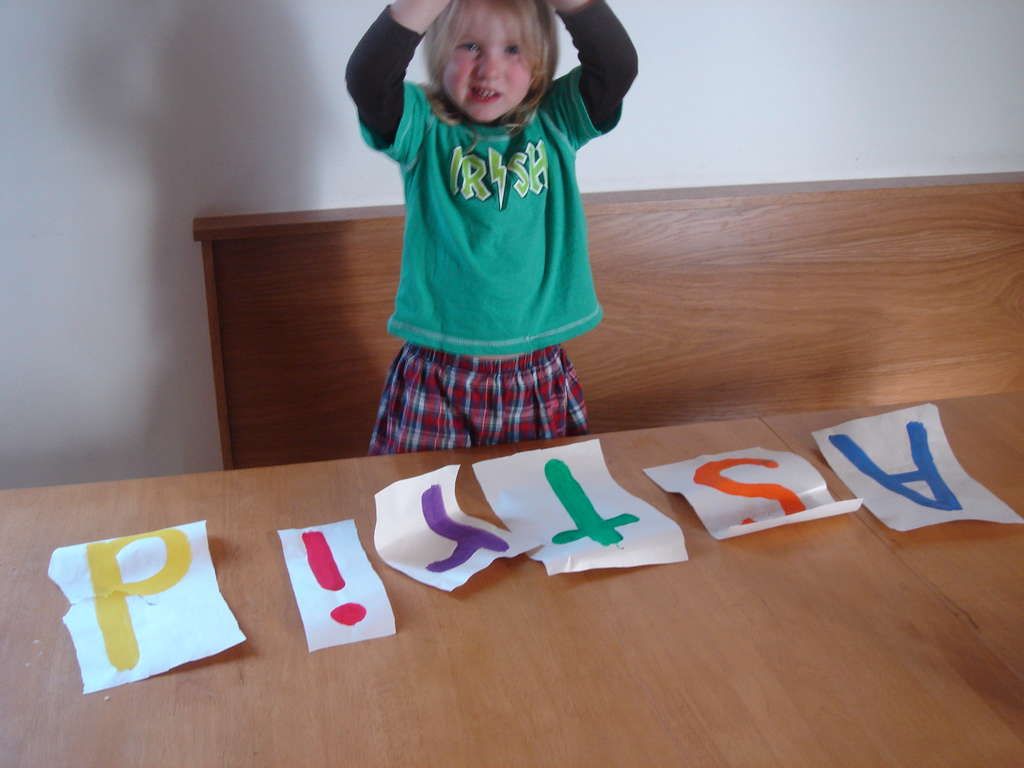
At the same time, I also understood that educational activities can get… over the top. We don’t need to stress out about “teaching,” so much as inspiring our kids’ curiosity and desire to learn.
You see, so many of us can feel like we’re not doing enough educational activities. That we’re somehow “behind” what other moms are doing with their kids. We assume that every moment spent should be a learning opportunity, or that we need to provide better toys or experiences.
Educational activities for 3 year olds
But thankfully, it doesn’t take much to teach and engage with your child. These educational activities for 3 year olds can keep her entertained while learning the fundamentals along the way. They’re geared for even the shortest attention span, or for kids who easily tire of doing the same thing for long stretches.
They’re also perfect to give your caregiver ideas to do with her during the day while you’re at work. You don’t need expensive toys or classes galore to make sure she’s off to a great start.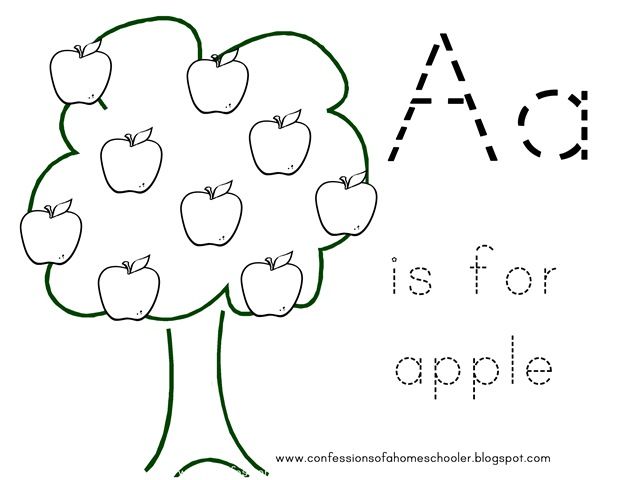 These easy, doable, and even practical activities are more than enough to teach and engage:
These easy, doable, and even practical activities are more than enough to teach and engage:
1. Activities that promote fine motor skills
One of the best activities to practice with your 3 year old is his fine motor skills. Developing dexterity and muscles in his hands will set the foundation to hold a pencil, cut with scissors, and button his clothes.
Writing with pencils and crayons aren’t the only ways to develop fine motor skills, either. Take a look at these activities that will also do the trick:
- Threading string through items. Start with large pieces, like dry rigatoni pasta and shoelaces, before moving onto smaller items like beads and thread.
- Pipe cleaners and a colander. Sticking the ends of pipe cleaners into a colander was one of the activities that intrigued my 3 year old for a long stretch. Turn a metal colander (one with circle holes) upside down. Then, have your child stick one end of a pipe cleaner into one hole, and the other into another hole.
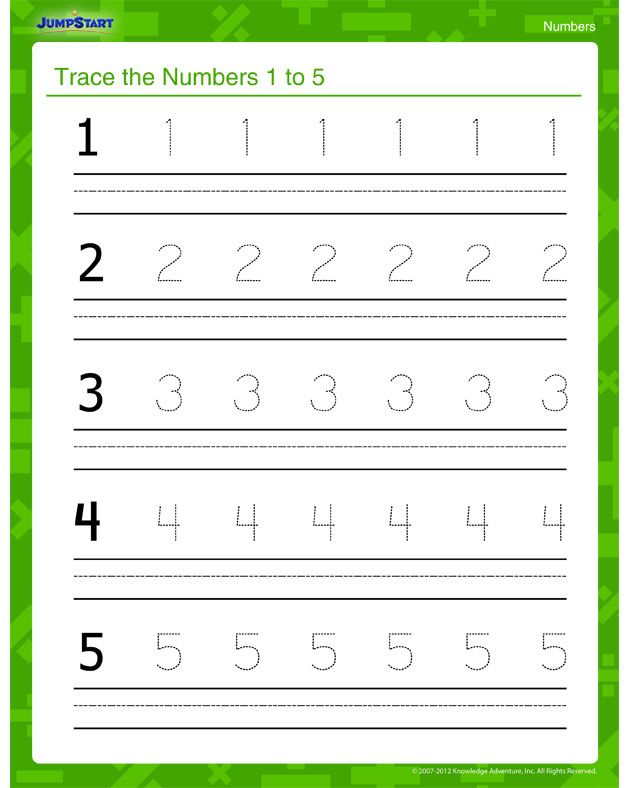 See what creations and patterns he can make!
See what creations and patterns he can make! - Glue sticks. Make a collage of pieces of paper and glue sticks. First, tear paper into small pieces—start off with 2″ pieces and gradually cut them smaller. Then, show him how to glue one side and stick it onto a larger piece of paper.
Check out these Montessori fine motor activities for more ideas.
2. Writing letters and numbers
Disclosure: This article contains affiliate links, which means I will earn a commission—at no extra cost to you—if you make a purchase.
Even if your 3 year old can’t read or write just yet, you can begin practicing writing letters and numbers.
Incorporate playful and unconventional ways to write, like tracing her finger on sand, or making letters with play dough. Teach her the alphabet by finding the letters in your environment. You can always make learning letters and numbers fun—no pressure needed!
Take a look at these ideas:
- Go down the alphabet.
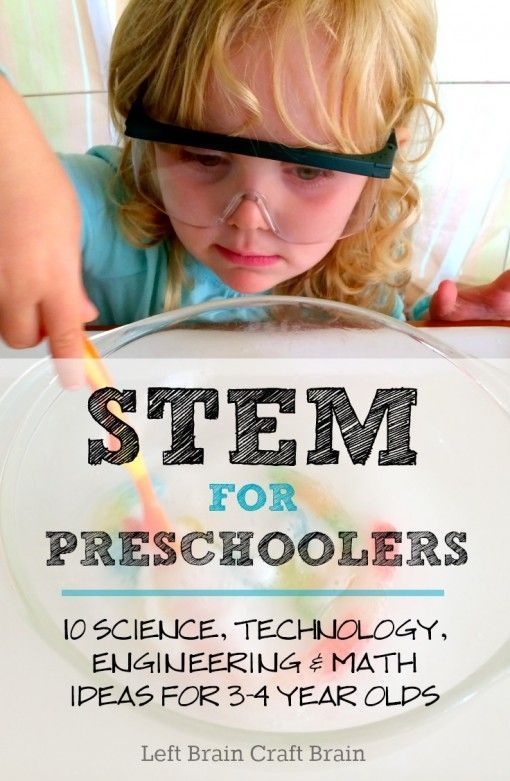 Pick one letter and talk about it throughout the day. You might color a page of the letter, describe the different sounds it makes, or find things in the room that start with that letter.
Pick one letter and talk about it throughout the day. You might color a page of the letter, describe the different sounds it makes, or find things in the room that start with that letter. - Use a dry erase board. Peel-away “markers” leave less mess than traditional markers, and allow her to write and erase as often as she’d like.
- Write letters and numbers with chalk. Whether on the sidewalk or a chalkboard, writing with chalk is another fun way to practice holding writing tools.
- Combine magnetic letters and a cookie sheet. Have a set of magnetic letters and numbers? Combine them to make words on a cookie sheet! The cookie sheet makes for a fantastic portable “board” she can place on her lap or take with her.
Free printables: Help her trace and recognize the letters and numbers with sample worksheets from my digital workbook, Letters and Numbers! Join my newsletter and grab them below—at no cost to you:
3.
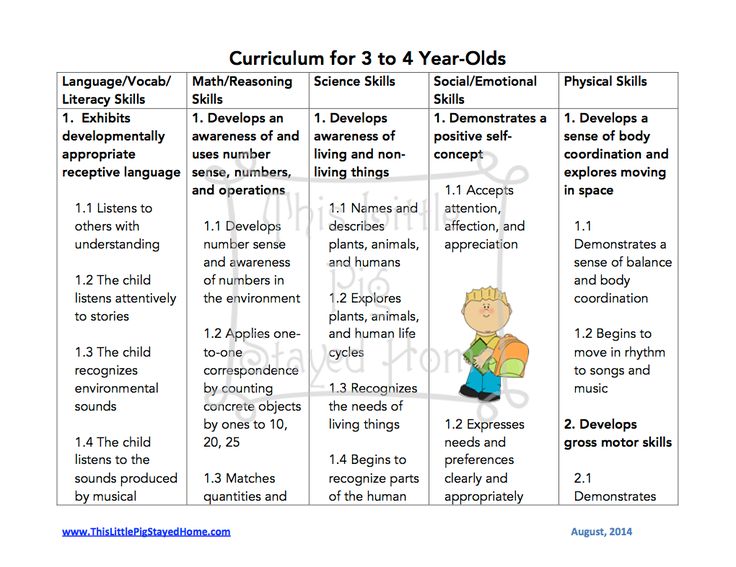 Daily tasks and lessons
Daily tasks and lessonsA simple way to incorporate learning activities for 3 year olds is to use your daily tasks as “lessons.” So much of what your child sees is an opportunity to learn without needing to do things too differently in your day.
A few ideas you can do:
- Counting. Count how many times you push her on the swing, the steps you take up the staircase, or the peas on her plate.
- Measuring. Invite her into the kitchen as you cook. Say out loud how many cups, tablespoons, or pounds you need with each ingredient.
- Sorting. Doing laundry? Sort the piles into types of clothes (and encourage her to find pairs of socks). Playing with blocks? Sort them into piles of the same color.
4. Educational games
Games are a fantastic way to practice social skills, have fun, and learn new things. Board games, simple card games, puzzles, and “conversation starters” work well. Here are a few ideas:
- Puzzles.
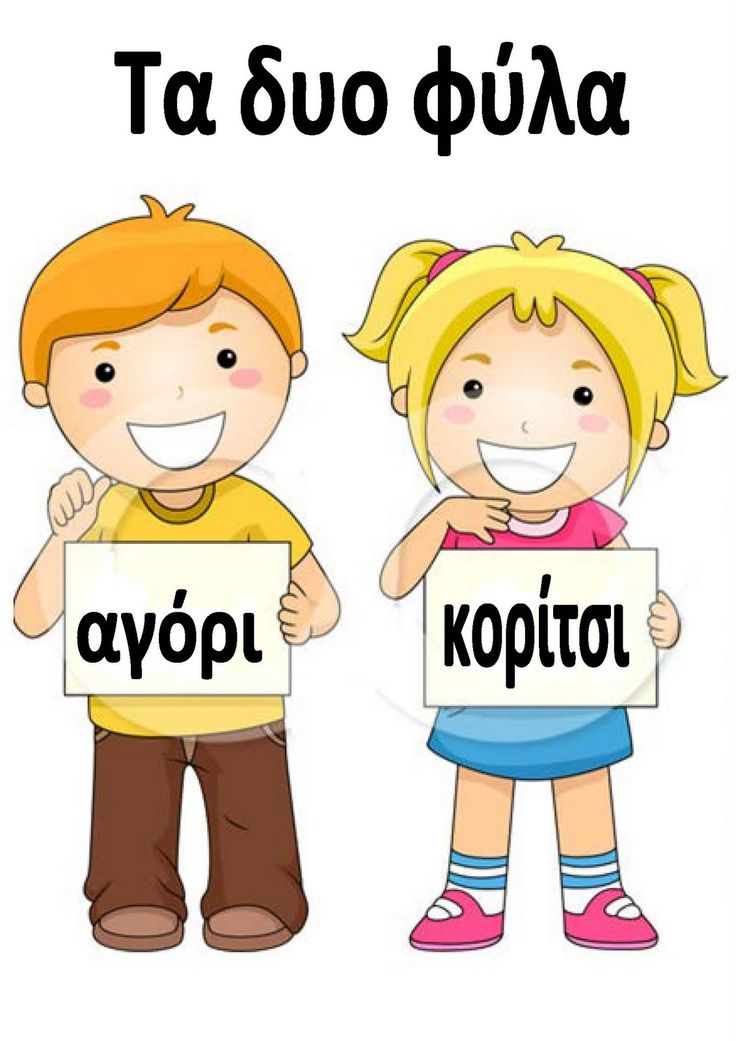 Don’t be afraid to challenge her with bigger puzzle pieces. Even if she doesn’t finish a puzzle in one sitting, encourage her to keep trying to finish it at another time.
Don’t be afraid to challenge her with bigger puzzle pieces. Even if she doesn’t finish a puzzle in one sitting, encourage her to keep trying to finish it at another time. - Card games. Memory games (finding and pairing similar cards) and matching games are simple to do just about anywhere. Find “kid-friendly” card games like these instead of a standard deck so she has an easier time identifying the cards.
- Board games. Many board games are now available for your 3 year old, but keep an eye out for the age recommendations. Some are still geared toward older kids, so stick to those suitable for the younger crowd.
Get more activities for 3 year olds.
5. Open-ended play
Don’t think that letting your child play is “wasted” time to learn—the opposite is true, in fact. Kids learn best through play, especially open-ended play where they’re not bound by preset limitations.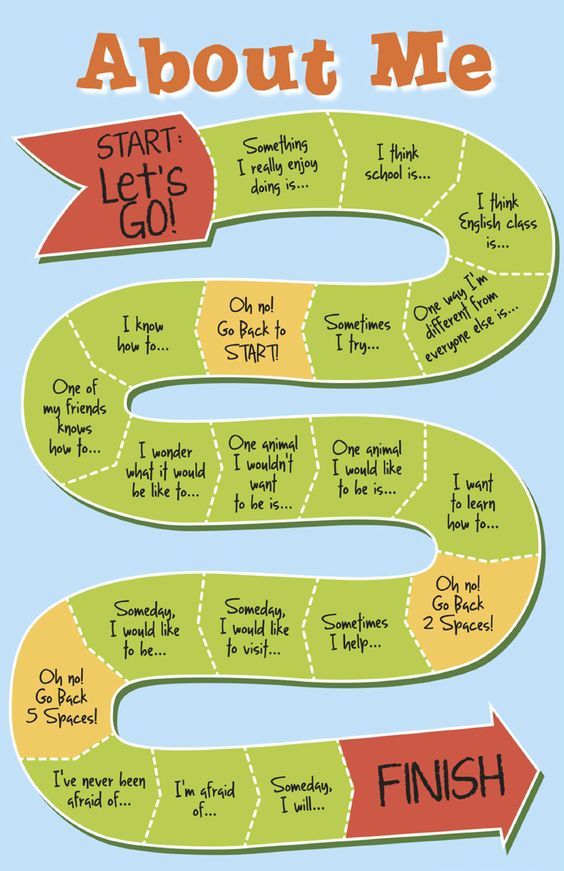 This allows them to think creatively and come up with unique solutions.
This allows them to think creatively and come up with unique solutions.
Take a look at these ideas to nurture open-ended play:
- Blocks. The simpler the blocks, the better. Allow your child to create whatever he’d like from the blocks in front of him.
- Dress up and pretend. Set aside a box filled with costumes and dress-up clothes. These can be “career” outfits like a firefighter outfit, or even your knickknacks like old necklaces and hats. A pretend kitchen was also a big hit in our house, as my kids were able to come up with pretty amazing stories and games as they “cooked.”
- Art supplies. Don’t feel like you have to come up with cute crafts—a box of art supplies is all your 3 year old needs to get creative. Crayons, pencils, play dough, and finger paint can make for a fantastic experience crafting and creating. You can also introduce labels by pointing out the shapes she makes from play dough or the colors of the paint.
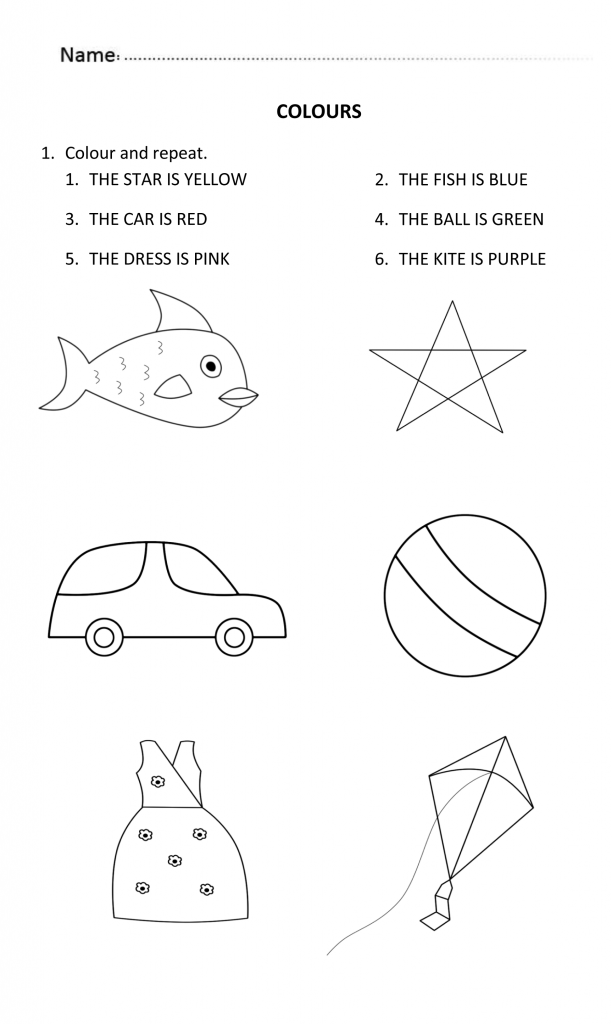
Get more tips on how to encourage open-ended play.
6. Field trips
Feeling cooped up at home with your 3 year old? Plan a few “field trips” to local spots! Not only will you fill your time together, you’ll also expose her to new activities and lessons while you’re out. Nearly any outing will be a learning experience, but look for places catered to kids. A few ideas include:
- Child-friendly museums. Some museums are geared to children (My favorite is Moxi in Santa Barbara). Others are for general audiences with a children’s area. Hands-on exhibits will make the experience fun for both you and your child.
- Library story time and activities. Many libraries host these events for toddlers and preschoolers. From playing with building toys to making magnetic slime to creating your own jewelry, libraries are fantastic places to take her.
7. Activities that encourage curiosity
Take advantage of your 3 year old’s natural curiosity with just about everything.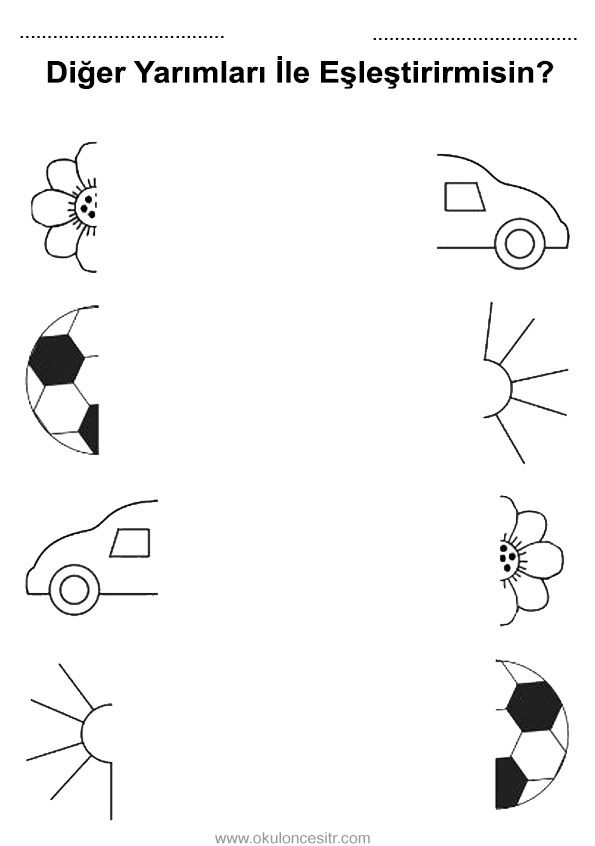 Encourage her questions, no matter how silly (or “annoying”). Expand her world through books and resources, and show her just how many amazing creatures she can discover.
Encourage her questions, no matter how silly (or “annoying”). Expand her world through books and resources, and show her just how many amazing creatures she can discover.
Here are a few ideas to nurture her curiosity:
- Explore your local outdoors. Step outside to your backyard, garden, or local park and look for bugs and creatures she can observe. Use a kids’ magnifying glass like this one to talk about different leaves and flowers. Let her help you garden by filling pots with soil and pulling weeds from the ground.
- Show her a map or globe. My kids love looking at a map of the world, even from a young age. Your child can compare countries, point out where she lives, and learn about the different continents and oceans.
- Read nonfiction books. Don’t forget to include nonfiction books in your regular reading. Books about the weather, how plants grow, or outer space are fantastic ways to explore the world from the comfort of books.
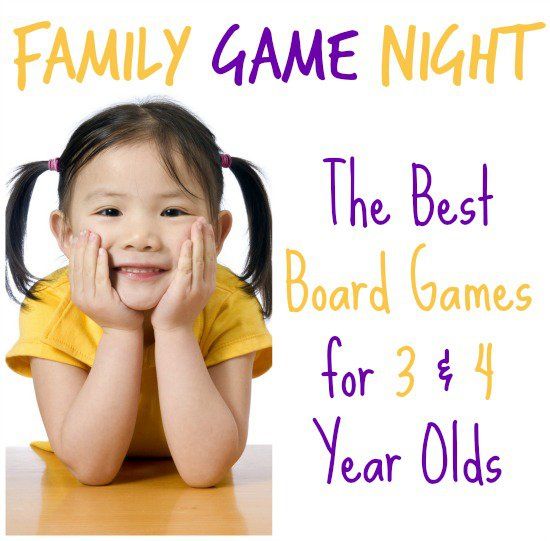
Check out these preschool outdoor activities for summer.
Best practices for educational activities for 3 year olds
Now that you have a few ideas on what to do with your 3 year old, take a look at these best practices for helpful tips:
- Stick to a weekly schedule. It’s easy to feel overwhelmed with all the things you “have” to do. Keep it simple by focusing on a few topics a week. For instance, one week you can focus on circles, the color red, and the letter “A.” The next week, you can focus on squares, the color green, and the letter “B.” Get more tips on how to create a 3 year old daily schedule.
- Keep the activities short and frequent. It’s common for kids to lose interest quickly—don’t feel bad if yours can’t sit still for long periods. Instead, keep them short—no longer than 30 minutes at a time. Or intertwine these conversations and activities frequently throughout the day.
- Follow your child’s interests.
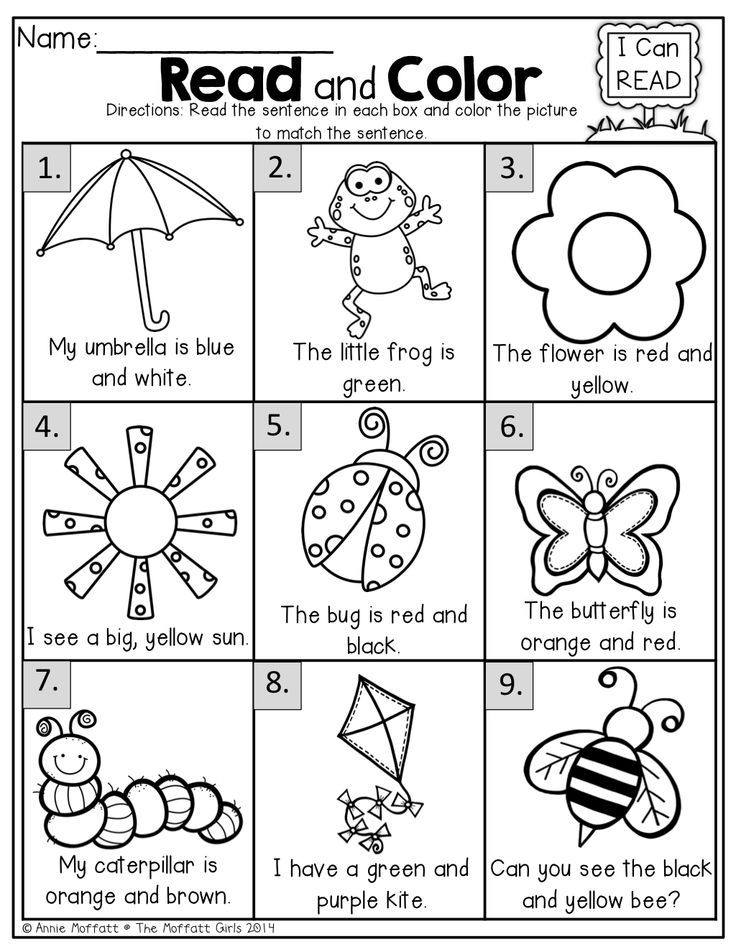 Kids will learn and pursue their interests. Nurture what’s already there rather than forcing something you think your child should do. If she loves farms, find children’s books about farm animals, visit a local farm, and sing songs about the sounds animals make.
Kids will learn and pursue their interests. Nurture what’s already there rather than forcing something you think your child should do. If she loves farms, find children’s books about farm animals, visit a local farm, and sing songs about the sounds animals make. - Rotate toys and materials regularly to reignite her imagination. Old toys will feel new once again after they’ve been out of sight for a while.
Conclusion
Finding educational activities for 3 year olds has just gotten easier, especially with these ideas. Practice fine motor skills with threading and glue sticks. No need for a formal curriculum when you turn daily tasks into lessons. Play board games and solve puzzles, and practice writing letters and numbers.
Encourage open-ended play with toys and games, and go on “field trips” like child-friendly museums and library activities. And finally, be curious with your child, exploring your local environment like curious scientists.
As you can see, you’re nowhere near “behind” when it comes to helping your 3 year old learn—even collecting leaves and counting steps can do the trick.
Get more tips:
- Best Building Toys to Nurture Creative Play
- 10 Physical Activities for 3 Year Olds
- How to Encourage Your Child to Keep Learning in the Summer
- 25 Awesome Outdoor Activities for 3 Year Olds
- 20 Easy Activities for 3 Year Olds You Can Do Any Day
Don’t forget: Join my newsletter and grab these sample worksheets below—at no cost to you:
Children aged 3 to 4
Children from 3 to 4 years old
Child Development 3 to 4 years old. You are in the "Children from 3 to 4 years" section.
In this section, we will help you find out and determine the level of development of your child, namely, what your child should know and be able to do at the age of 3 to 4 years.
What a 3 year old should know and be able to do.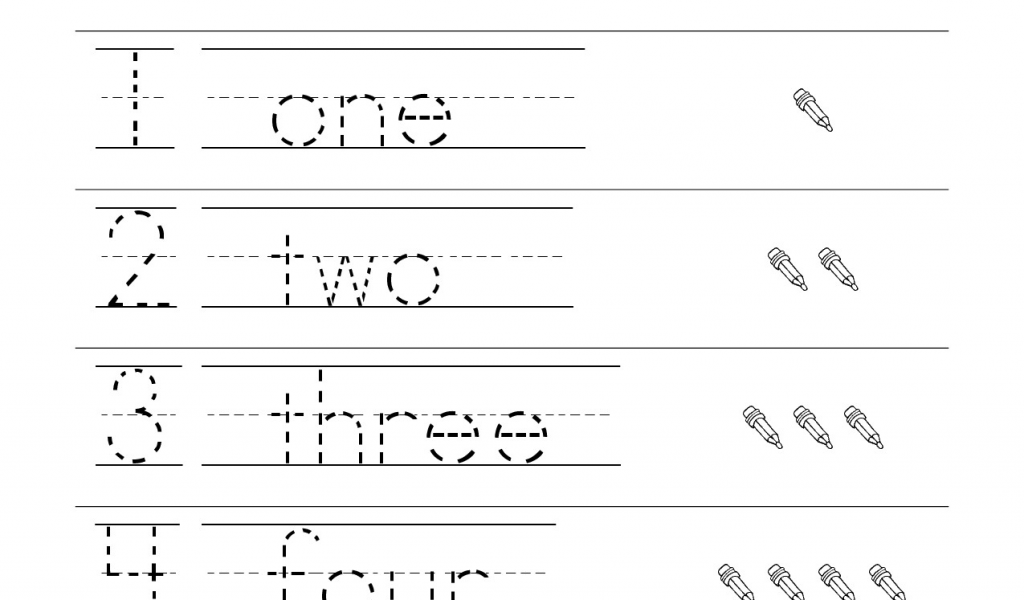
This article is for your reference and gives approximate norms for the degree of formation of your child's mental processes at this age. You can check his potential in different areas of knowledge, find out in which areas of knowledge your child succeeds, and in which additional attention and time are required.
In this section "Children from 3 to 4 years old" we have collected all the material published on our website, which will help you and your child to study, prepare for the next, more in-depth stage of classes.
You can use materials for your studies at home, in kindergarten or in elementary grades.
Mathematics
A child aged 3 to 4 should be able to:
1. The child must be able to count to three and show the appropriate number of fingers on the hand.
2. The child must be able to master the concepts: one - many, large - small, high - low, etc.
3. The child must know the primary colors (red, yellow, green, blue, white, black).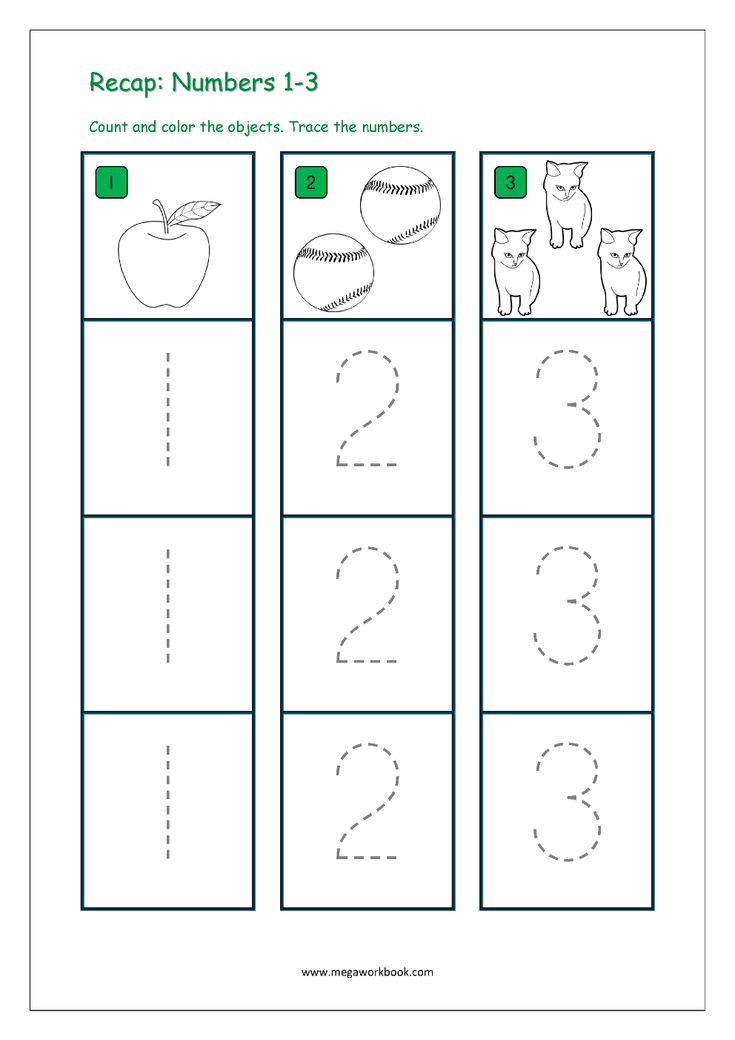
4. The child must know the basic geometric shapes (circle, square, triangle).
5. The child must be able to compare objects by size, color, shape. Be able to compare the number of items.
6. The child must be able to match a pair to an object with a given attribute.
Study aids:
1. Educational cards for games with children
2. Multi-colored playhouses
3. Cards Teaching a child to count
4. Connect the numbers and color the picture
5. The game is learning geometric shapes
6. Video-Learning counting
7. Number cards for boys
8. Introducing the child to Geometric shapes
9. Cards with numbers from 0 to 10
10. How to teach a child to count in a playful way
11. A game for learning Geometric shapes
12. Number cards for girls
13. Puzzles-double geometric shapes
14. Puzzles-double Numbers and Counting
15. Geometric shapes. We develop fine motor skills
16. We study Geometric shapes
We study Geometric shapes
17. I learn to count. up to 10
22. Mathematics with Dice for Children
Logical thinking
- Development of Thinking, Memory, Attention
A child aged 3 to 4 must be able to:
1. The child should be able to put together a cut picture from 2-4 parts.
2. The child should be able to find and explain inconsistencies in the drawings.
3. The child must be able to find an extra object and explain why he made such a choice.
4. The child should be able to find similarities and differences between objects.
5. The child should be able to memorize 2-3 pictures.
6. A child should be able to memorize 3-4 words that an adult has repeated several times.
7. The child must be able to memorize and repeat the movements shown by an adult 1-2 times,
8. The child must be able to remember any detail or attribute of an object.
9. The child must be able to complete the task within 5 minutes without being distracted.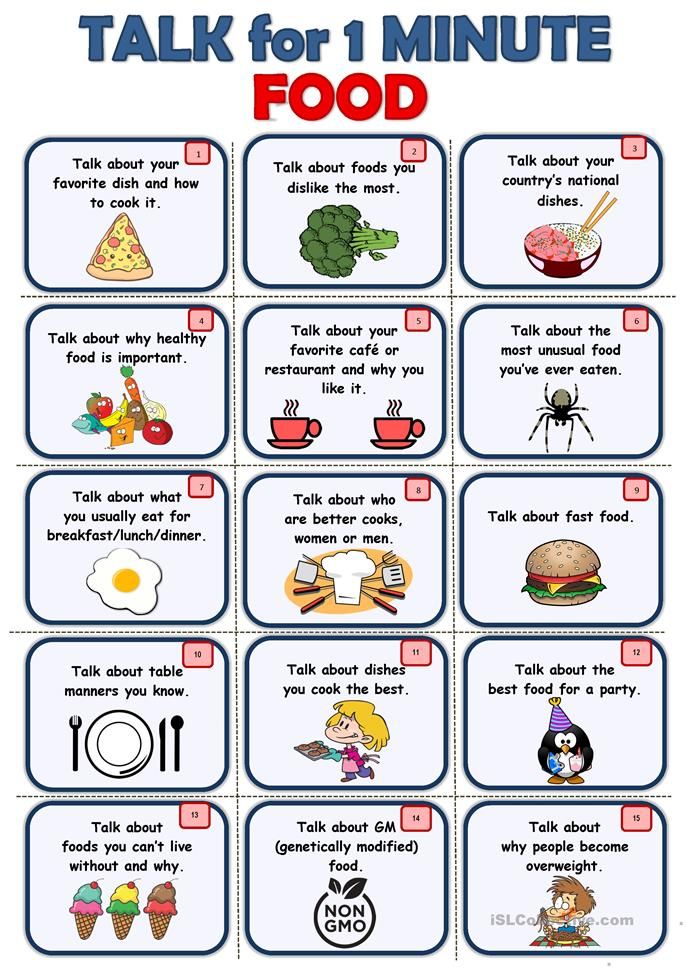
10. The child must find paired objects. Be able to choose the right one from a group of objects.
11. The child must be able to pay attention to the properties and characteristics of objects, to find similarities and differences between objects.
Practice aids:
1. Find a pair cards
2. Find the shadow of the picture
3. Develop logical thinking
4. Cards for activities
5. Puzzles
6. Pick up a patch
7. Add the missing object
8. Entertaining activities with the child
9. Playing in opposites
10. Orienting in space. Right and Left
11. Game - "What is What?"
12. Game Catch a fish
13. Association game: Find a pair
14. Game for the Development of Memory and Attention
15. Guess Whose Shadow
Speech development
A child aged 3 to 4 should be able to:
1. The child should be able not only to visually perceive images, but also to describe what he saw.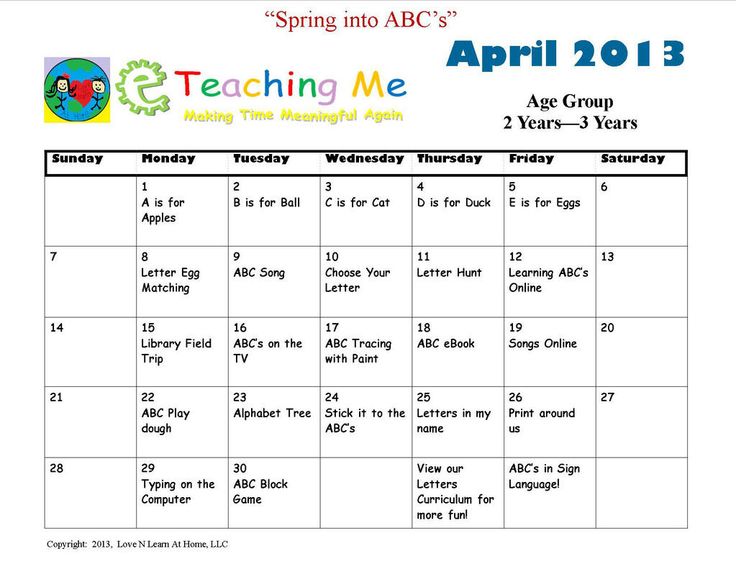
2. The child easily forms simple sentences, gradually moves to complex ones (from 5-6 words).
3. The child must be able to separate objects into groups: furniture, dishes, clothes, etc.
4. The child must be able to name one attribute of each object.
5. The child must know the names of the basic actions of people and animals (lie down, sit, run, etc.)
6. A child should be able to repeat rhymes and songs after an adult.
7. The child must know his first and last name.
8. The child must be able to control the power of the voice, speak loudly - quietly.
Study aids:
1. Letters of the Alphabet-Puzzles
2. Learning the letter A. What the beech A looks like. . Color Letters of the Alphabet
7. Lotto learning Letters
8. Cards with Letters and a Picture
9. Talking tongues
10. Musical game for the development of speech
11. Cards - What letter does the word begin with
The world around us
A child aged 3 to 4 years should be able to:
1.The child must know the names and be able to show domestic (cow, goat, horse, cat, dog, etc.) and wild (wolf, hare, fox, etc.) animals.
2. The child must know the names of 3-4 birds (sparrow, swallow, crow), 3-4 fish (whale, catfish, shark) and 3-4 insects (grasshopper, butterfly, bee).
3. The child should know the names of the main plants: 3-4 trees (birch, oak, apple) and 3-4 flowers (chamomile, tulip, rose).
4. The child should know what vegetables, fruits, berries, mushrooms are.
5. The child must have an idea about the materials from which the surrounding objects are made.
6. The child must know the parts of the day - morning, afternoon, evening, night.
7. The child should be able to name natural phenomena - rain, snow, wind.
Practice aids:
1. Flashcards Parts of the human body
2. Transport cards
3. Fruit cards
4. Vegetable cards
5. Learn Color cards
6.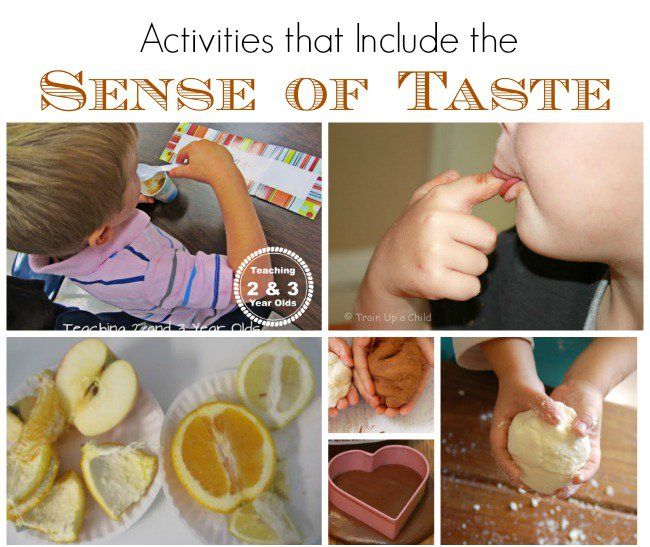 Furniture cards
Furniture cards
7. Animals and what they eat cards
8. Clothes and Shoes cards
9. Cards Animals and Birds
10. Fruits and berries. Learning and coloring
11. Vegetables. Learning and coloring
12. Fruits and Berries (coloring cards)
13. Vegetables (coloring cards)
14. Unique books - Seasons
15. Insects cards
16. Dishes and Cutlery
17. Cards Game "What for What"
18. Cards Insects 2.
19. Educational Games with Clothespins
Household Skills
:
1. The child must be able to put on things independently (without fasteners).
2. The child must be able to cut paper with scissors.
3. The child must be able to use pencils, markers, pens, etc. Be able to draw circles, dots, lines.
4. The child should be able to trace and color pictures.
5. The child must know the basic rules of hygiene.
Practice aids:
1.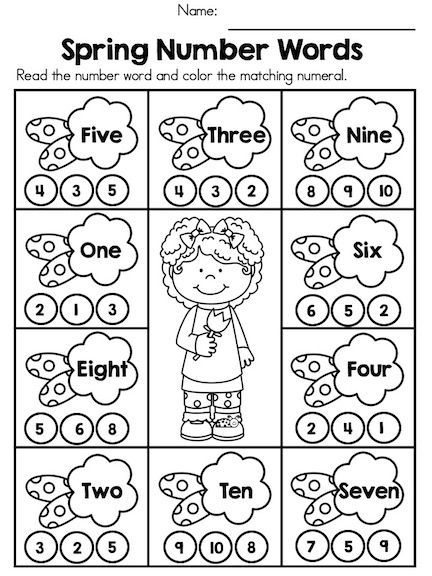 Stencils for drawing
Stencils for drawing
2. Paper fruits
3. Paper toys
4. Christmas tree applique
5. Juice box crafts
6. Hand flowers applique
making applications
8. DIY space machine
9. Cars with eyes
10. Book My House
11. Bus for little ponies
12. Palm Frame - for babies
13. Plasticine and beads
14. Applications from Buttons
15. Christmas tree from Cones with your own hands
16. Cheerful Chupa-Chups
Read also the article for Development of the Child.
Find out what a child should know and be able to do by age. Take advantage of the training aids offered by our website.
Child development calendar up to 1 year (by months)
Child from 1 to 2 years old
Child 2 to 3 years old
Child 4 to 5 years old
Child 5 to 7 years old
Our Partners - WORLDWIDE SHIPPING!
Main page
Subscribe to: Messages (Atom)
-
Hard and soft consonants
Use flashcards to teach your child when consonants are soft and hard.
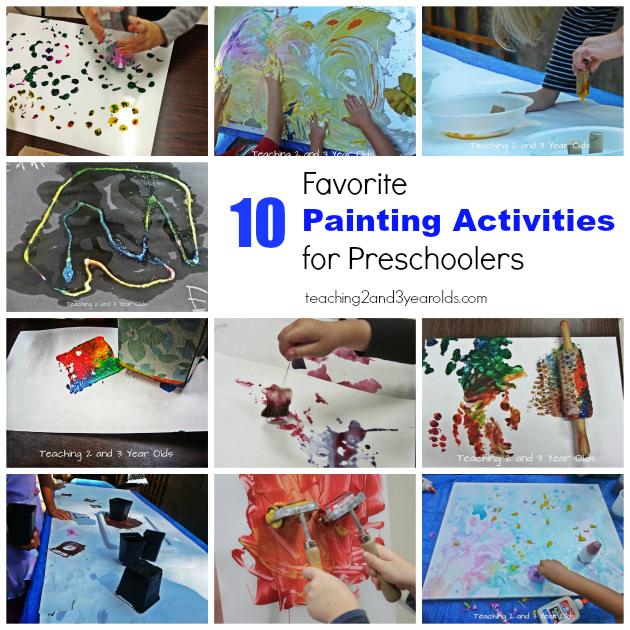 Blue - solid Green -
Blue - solid Green - -
Syllables. Making words from syllables
Syllables. Making words from syllables. Download free flashcards with letters and syllables. There are 20 cards in total. Letters and syllables for children. Cut...
-
Russian Alphabet Color Cards
Russian Alphabet Color Cards. Each card with a letter has a picture starting with that letter. With these cards you can ...
-
Educational cards for games with children
Today we will get acquainted with the original way of making educational cards for classes with children from 1 year old at no special cost. Interesting...
-
Pictures with the image of Clothes and Shoes
Pictures with the image of everyday clothes and shoes, Clothes, Shoes, clothes cards, Shoes cards. Thematic cards "Clothes"
-
Profession Cards
Unique Profession Cards. Download Free educational cards with professions for your children.
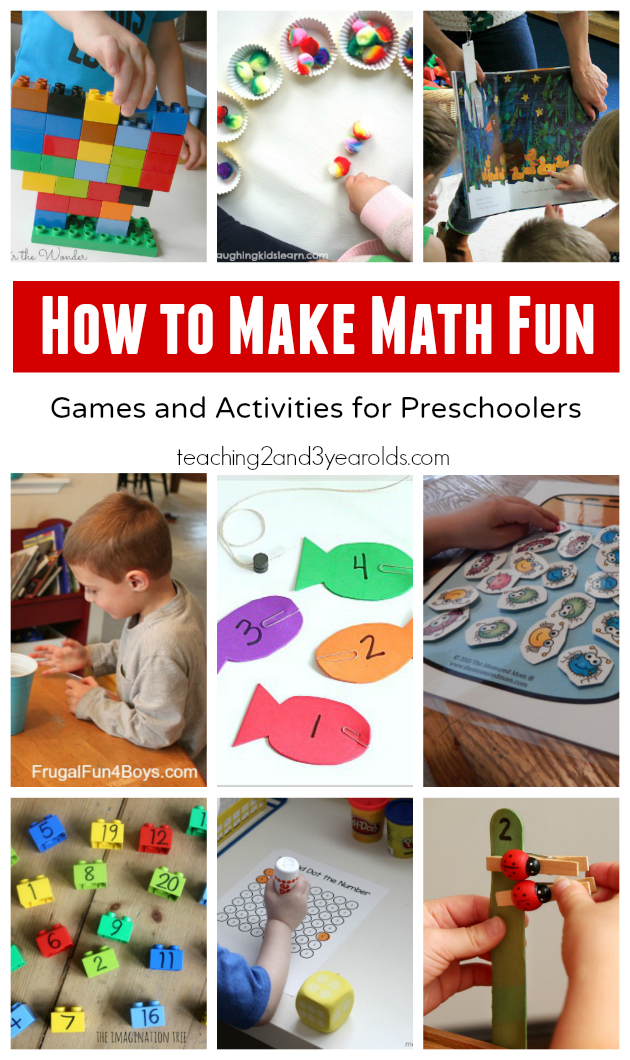 Acquaintance of children with professions ....
Acquaintance of children with professions .... -
Connect the numbers and Color the picture
Learning numbers and counting with your child? How to fix the passed material? Consolidation of the material covered can be turned into an interesting and r...
-
Checking the Knowledge of a Preschooler. Part 2
Dear Parents! We offer you a list of questions Part 2. This list will help determine how ready a child is for admission to school ...
-
Checking the Knowledge of a Preschooler. Part 1
Dear Parents! We offer you a list of questions that will help determine how ready your child is for entering school. Presentation...
-
Cards - Teaching a Child to Count
Cards - how to teach a child to count. Simply print out the colored cards to help your child learn the numbers from 1 to 10. Offer...
Children 2 to 3 years old
Children from 2 to 3 years old
Child Development 2 to 3 years old.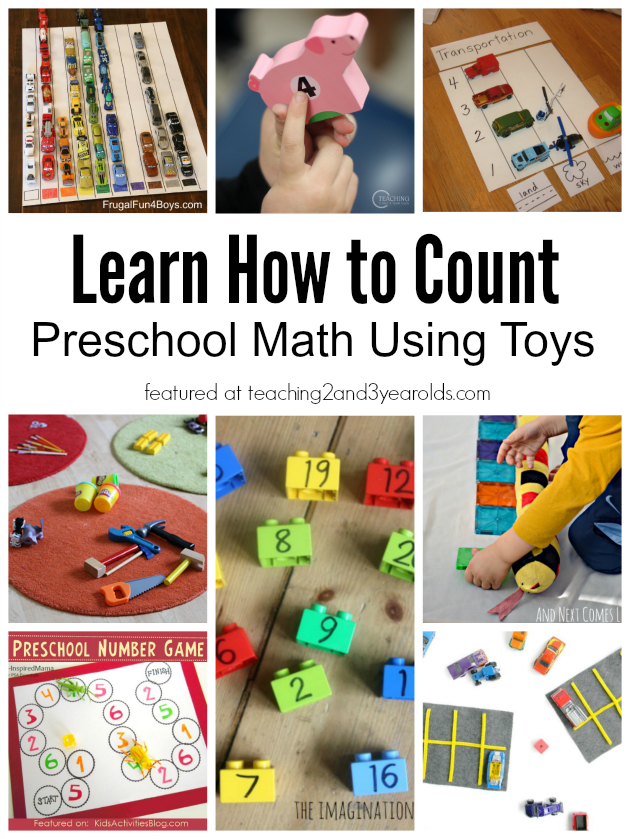 You are in the "Children from 2 to 3 years" section.
You are in the "Children from 2 to 3 years" section.
In this section, we will help you find out and determine the level of development of your child, namely, what your child should know and be able to do at the age of 2 to 3 years.
Each period in the development of a child is very important and is associated with the knowledge, skills and abilities that a child must acquire at a particular age. I would like to once again draw the attention of parents to the fact that developmental standards apply to most children, but not to all. After all, the development of each child is individual and depends on many factors. Therefore, do not worry if at a given moment in time your baby does not know how to do something: time will pass, and with your help he will definitely learn this.
What a 2-year-old child should know and be able to do
This article is intended for your reference and gives approximate norms for the degree of formation of your child's mental processes at this age.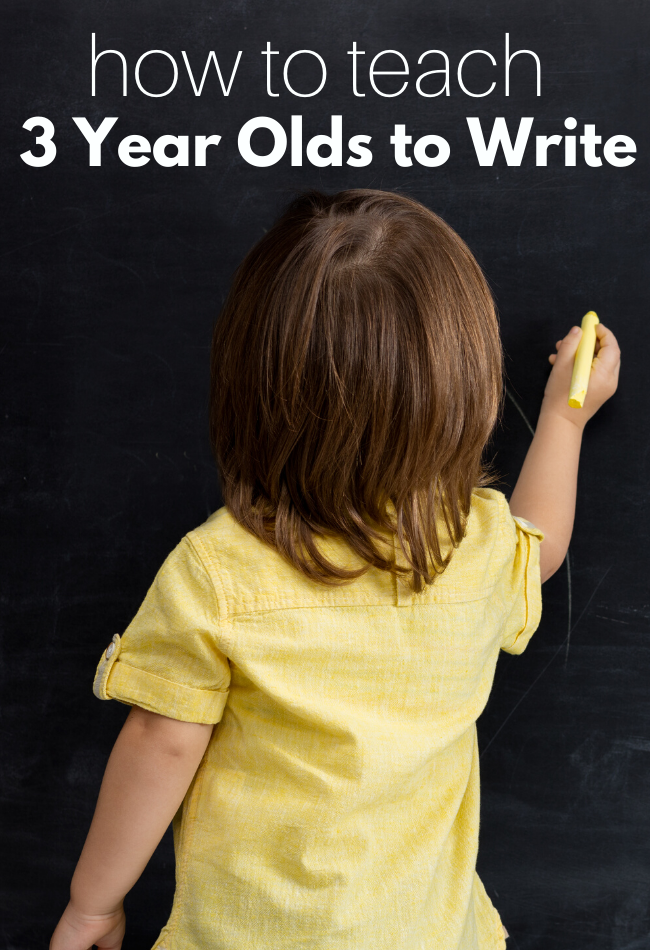 You can check his potential in different areas of knowledge, find out in which areas of knowledge your child succeeds, and in which additional attention and time are required.
You can check his potential in different areas of knowledge, find out in which areas of knowledge your child succeeds, and in which additional attention and time are required.
We also want to note that the sooner you begin to develop logical thinking, which is based on the sensations and perceptions of the child, the higher will be the level of his cognitive activity.
In this section "Children from 2 to 3 years old" we have collected all the material published on our website, which will help you and your child to study, prepare for the next, more in-depth stage of classes.
You can use the materials for your classes at home, in kindergarten or in elementary grades.
Mathematics
A child between the ages of 2 and 3 can begin to be introduced to mathematics. Our tutorials will help you with this.
Study aids:
1. Educational cards for games with children
2.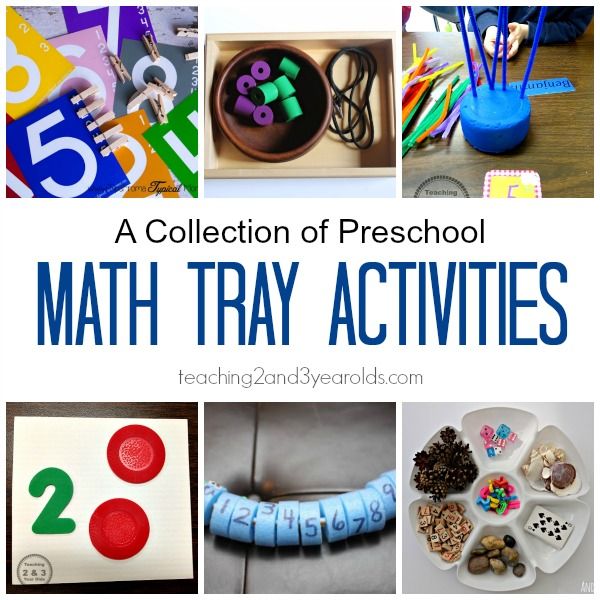 Multi-colored playhouses
Multi-colored playhouses
3. The game is learning geometric shapes
4. Number cards for boys
5. Cards with numbers from 0 to 10
6 Number cards for girls
7. Double geometric puzzles
Logical thinking
- Development of Thinking, Memory, Attention
A child aged 2 to 3 years should be able to:
1. The child should be able to follow simple instructions and requests that involve two or three actions.
2. The child must be able to draw, build, make simple puzzles, cubes with pictures.
Study aids:
1. DIY puzzle book
2. DIY educational book
3. Multi-colored patterns
4. Find the shadow of the picture
5. Develop logical thinking
6. Practice cards
7. Match patch
8. Association game: Find a pair
9. Guess Whose Shadow
Development of Speech
A child aged 2 to 3 years should be able to:
1.The child should be able to put together phrases of 4-5 words.
2. The child understands perfectly well what adults say to him (everyday words and phrases).
3. A child can learn simple rhymes and nursery rhymes
Training aids:
1. ABC for Children
2. ABC in the Circus
3. Singing the Russian alphabet
4. How to teach a child letters
5. Colored Letters of the Alphabet
6. Games with cards
7. Rhymes for children
8. Game for the development of Speech
9. Letters of the Alphabet-Puzzles
10. ABC in the form of cards
11. Cards with Letters and a Picture
12. Clean tongues
The world around
A child aged 2 to 3 years should be able to:
1. The child must know the parts of the body and face.
2. The child must be able to name what, swims, flies and rides.
Training aids:
1.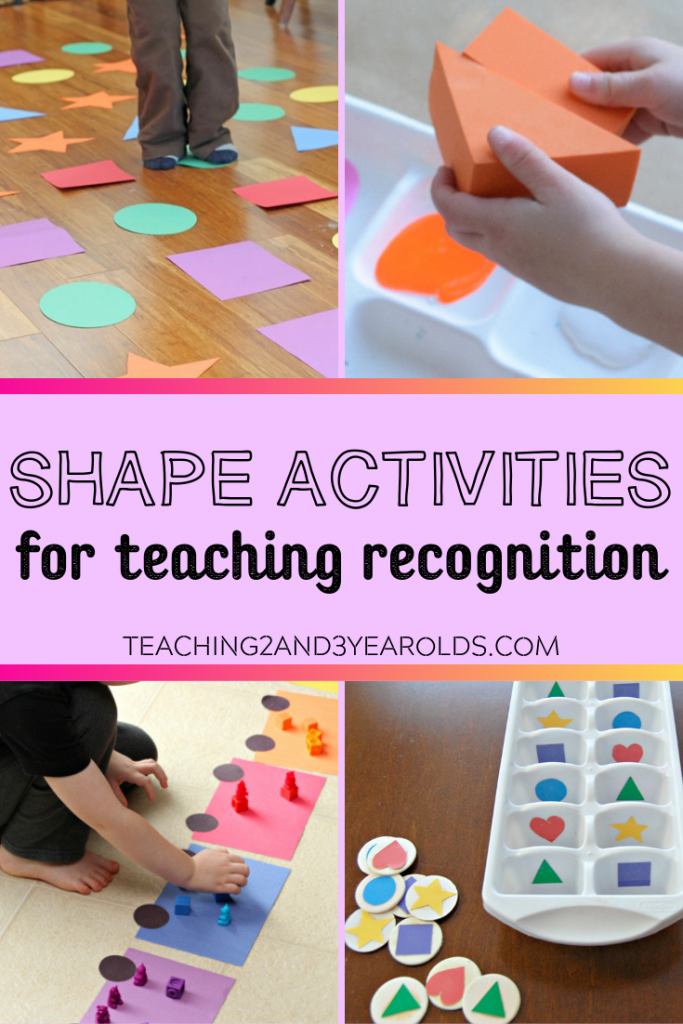 Children's games Ice fun
Children's games Ice fun
2. Cards Parts of the human body
3. Fruits with their own hands
4. Cards Parts of the human body
5. Cards with the image of Transport
6. Cards "animals and what they eat "
7. Fruits and Berries (coloring cards)
Household skills
A child aged 2 to 3 years should be able to:
1. The child must be able to go down and up the stairs.
2. The child must be able to dress and undress.
3. The child must be able to use the potty independently.
4. The child can walk backwards.
5. The child must be able to balance on the bar.
6. The child must be able to draw a vertical line.
7. The child should be able to cut paper by holding scissors with one hand.
8. The child must be able to wash and dry their hands.
Practice aids:
1. Stencils for children
2. Cordboard
3.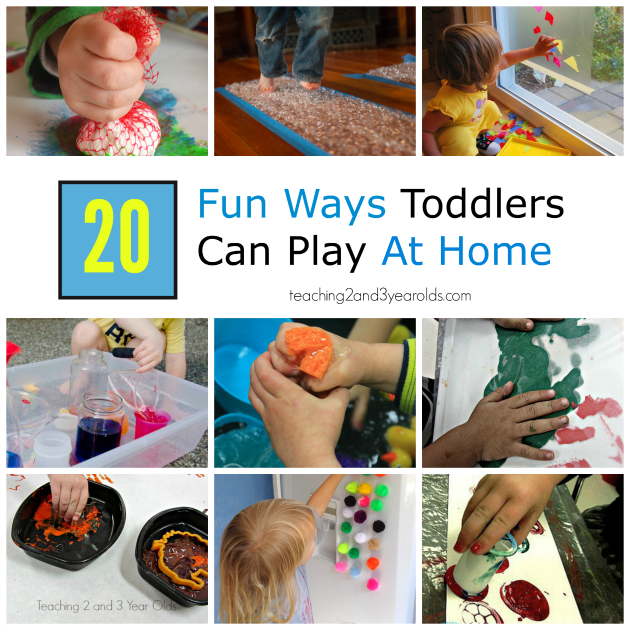 Nikitin's cubes
Nikitin's cubes
4. Assemble a picture from two parts
5. Stencils for drawing
6. Fruits from paper
7. Application Flowers
8. Miracle of the palm, making applications
9. Cars with eyes
10. Book My House
11. Little Pony Bus
12. Palm Frame - For Toddlers
See also article for Parents What you need to know about Child Development.
Find out what a child should know and be able to do by age. Take advantage of the training aids offered by our website.
Child development calendar up to 1 year (by months)
Child from 1 to 2 years
Child from 3 to 4 years
Child from 4 to 5 years
Child from 5 to 7 years
Our Partners - SHIPPING WORLDWIDE!
Main page
Subscribe to: Messages (Atom)
-
Hard and soft consonants
Use flashcards to teach your child when consonants are soft and hard. Blue - solid Green -
-
Syllables.
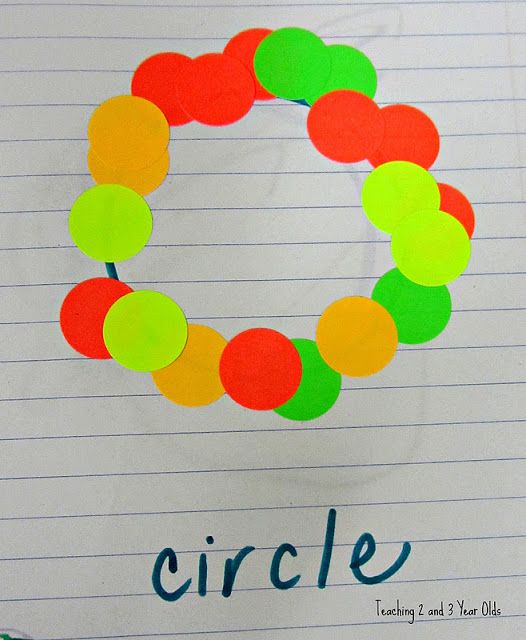 Making words from syllables
Making words from syllables Syllables. Making words from syllables. Download free flashcards with letters and syllables. There are 20 cards in total. Letters and syllables for children. Cut...
-
Developing Cards for Playing with Children
Today we will get acquainted with the original way of making educational cards for activities with children from 1 year old at no special cost. Interesting...
-
Russian Alphabet Color Cards
Russian Alphabet Colored Cards. Each card with a letter has a picture starting with that letter. With these cards you can ...
-
Connect the numbers and Color the picture
Learning numbers and counting with your child? How to fix the passed material? Consolidation of the material covered can be turned into an interesting and r...
-
Checking the Knowledge of a Preschooler. Part 2
Dear Parents! We offer you a list of questions Part 2. This list will help determine how ready a child is for entering school .
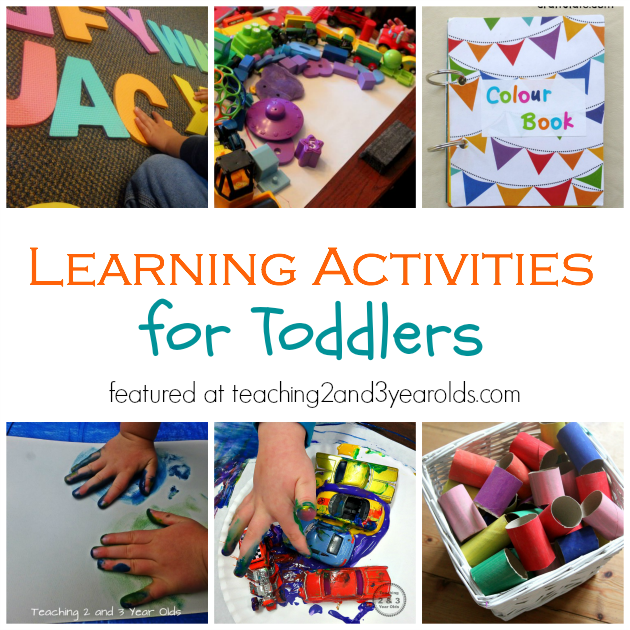
Learn more

